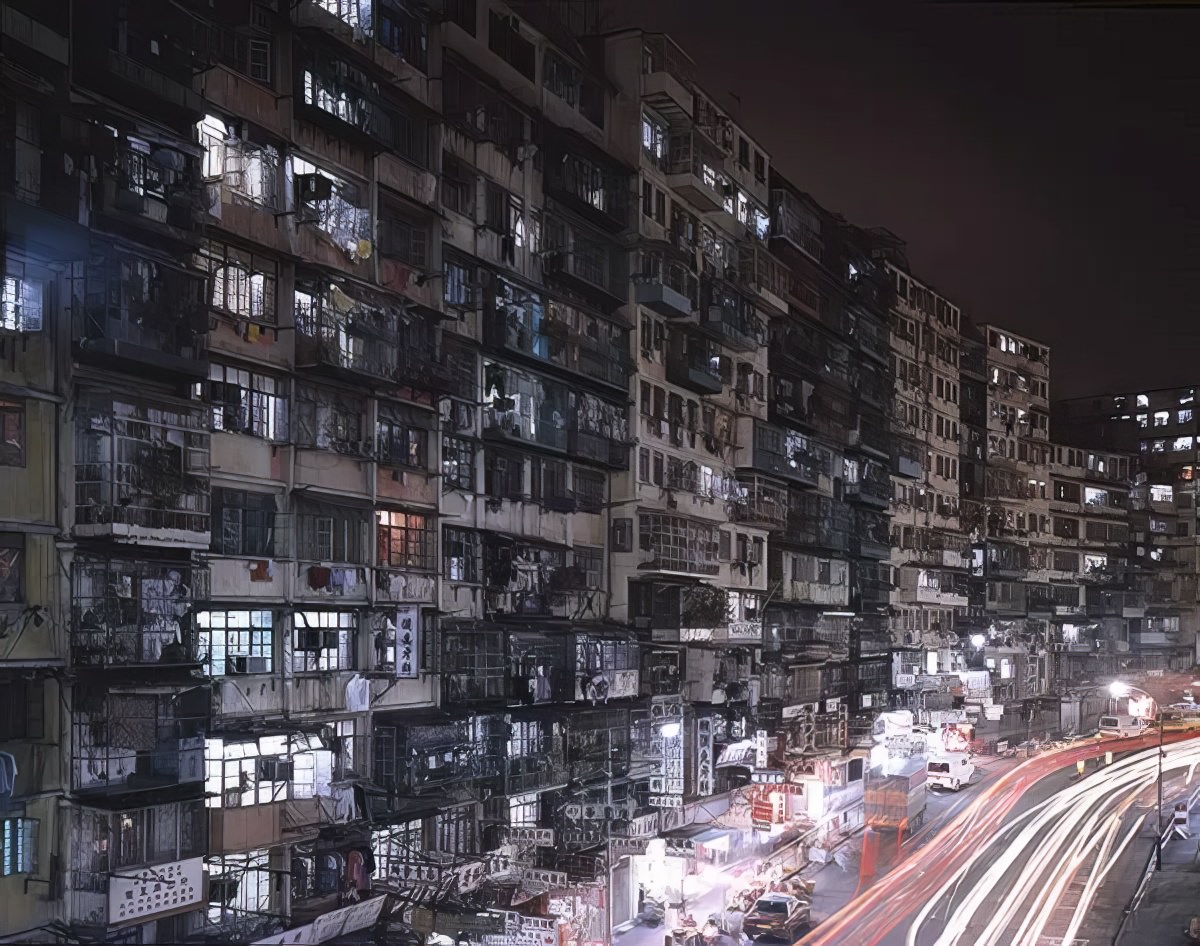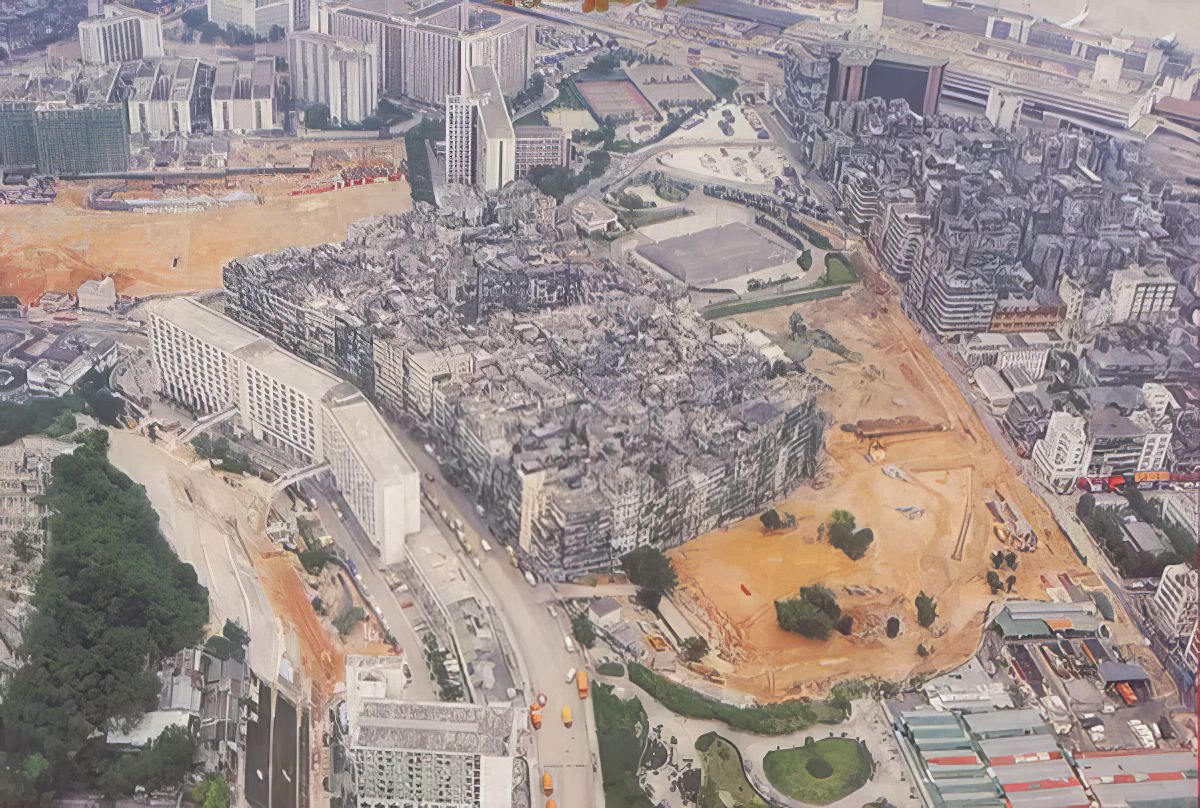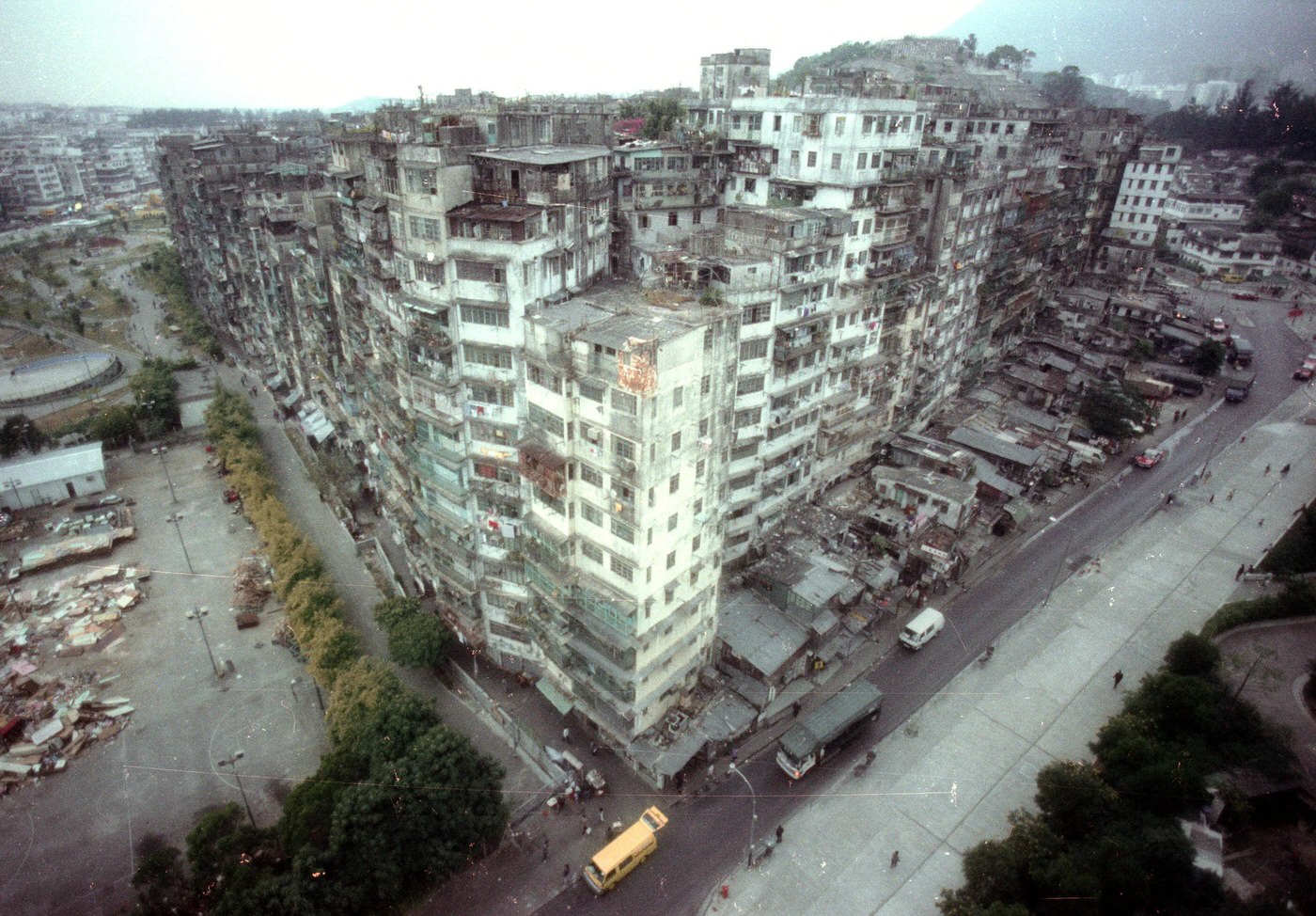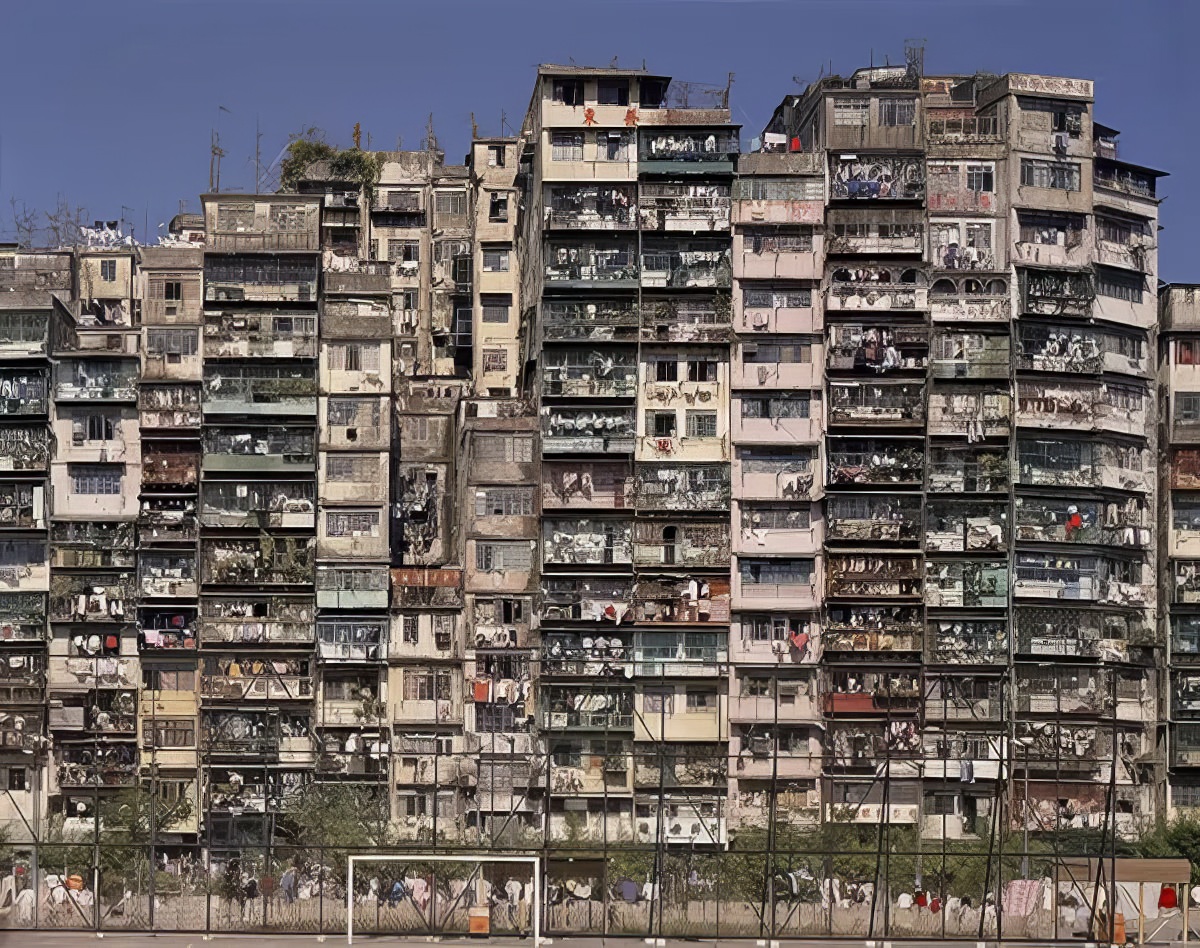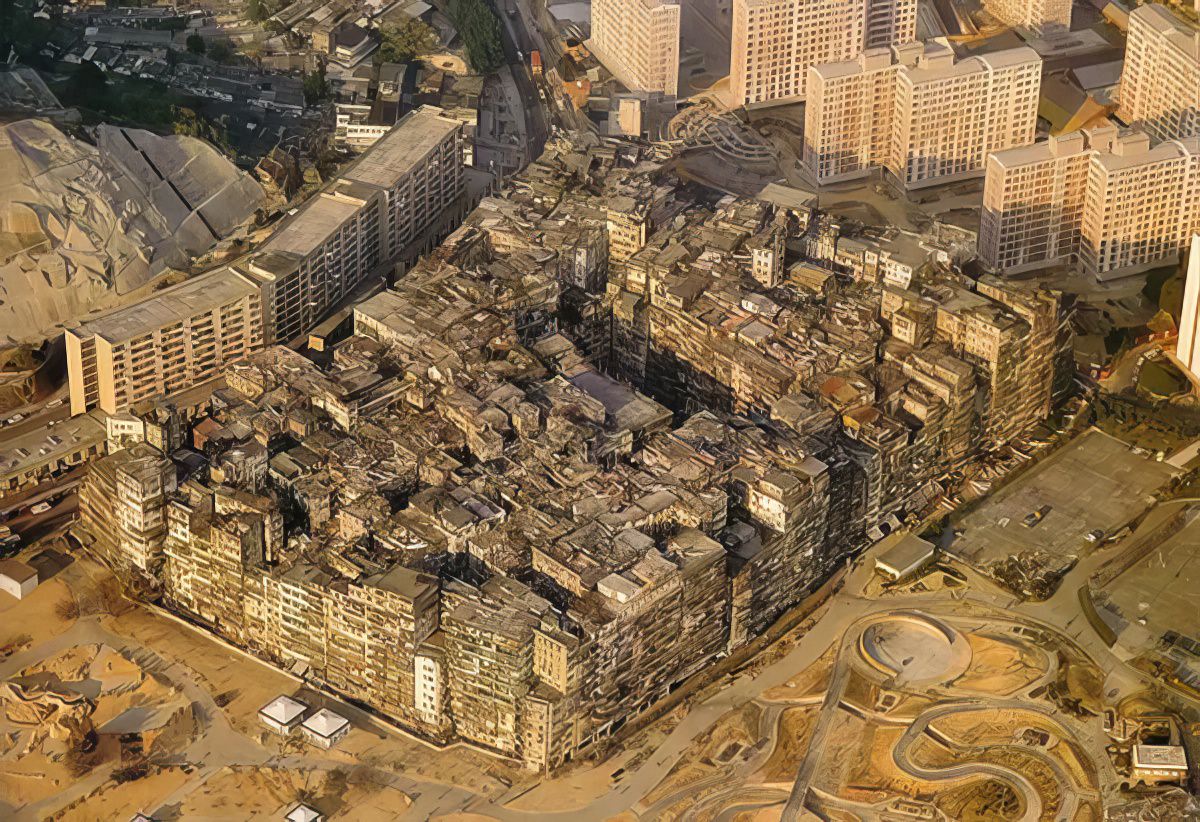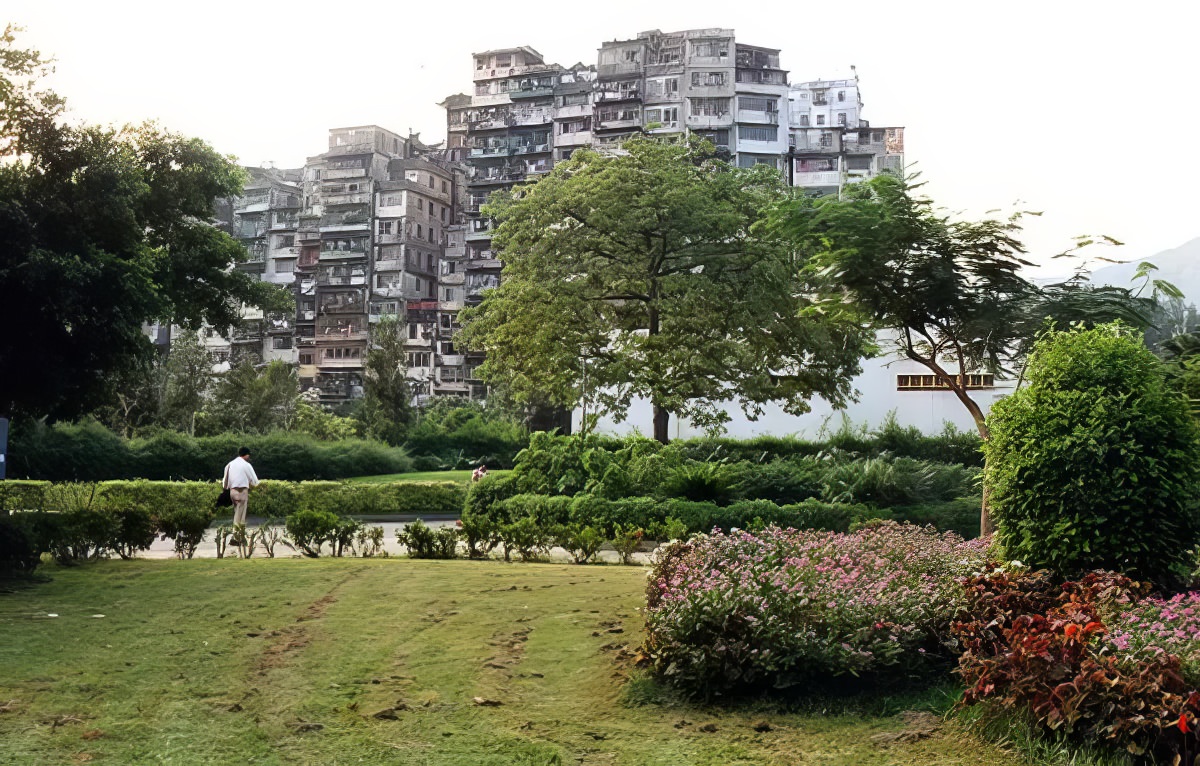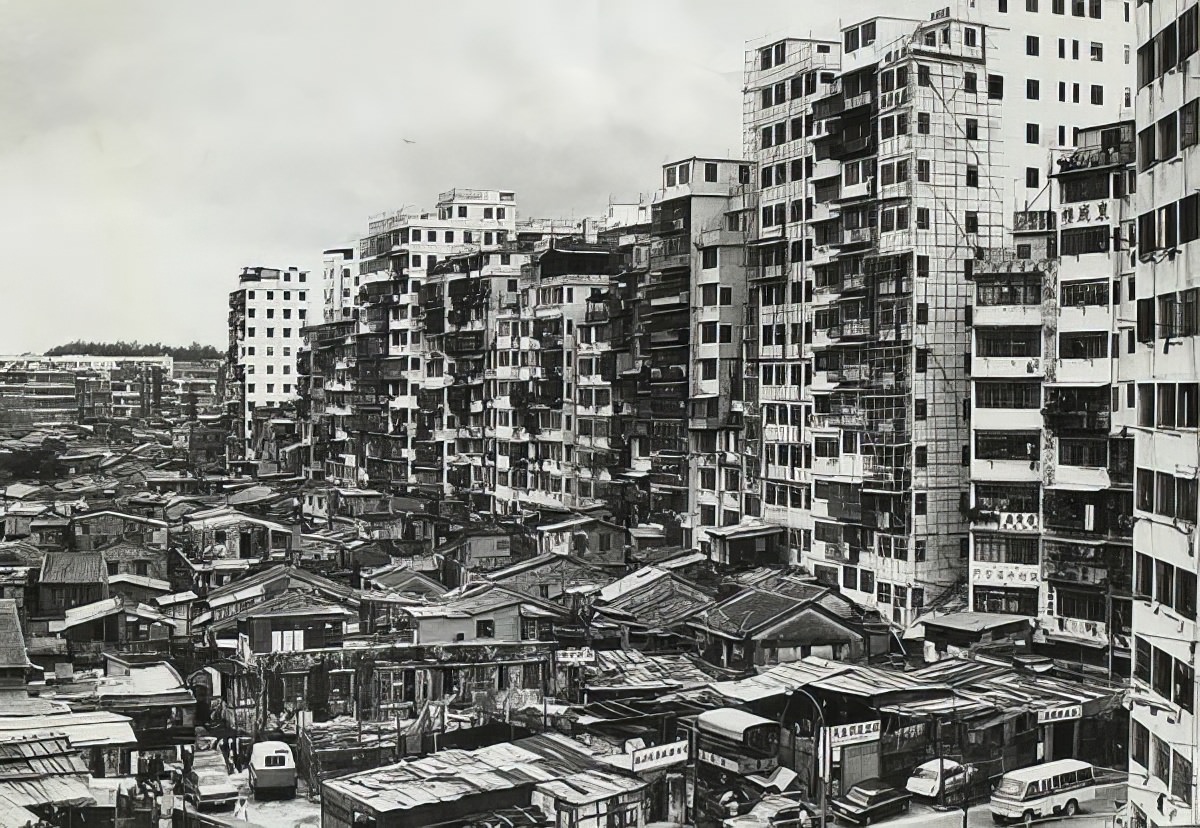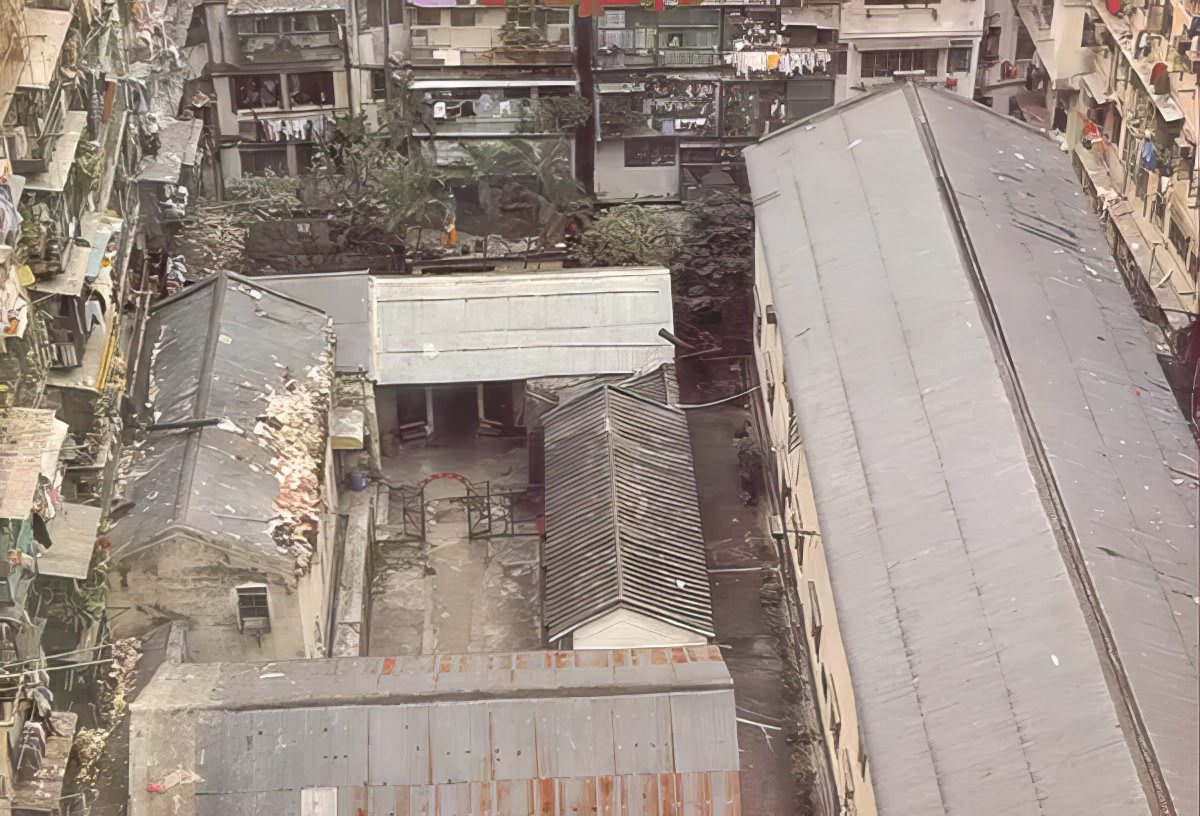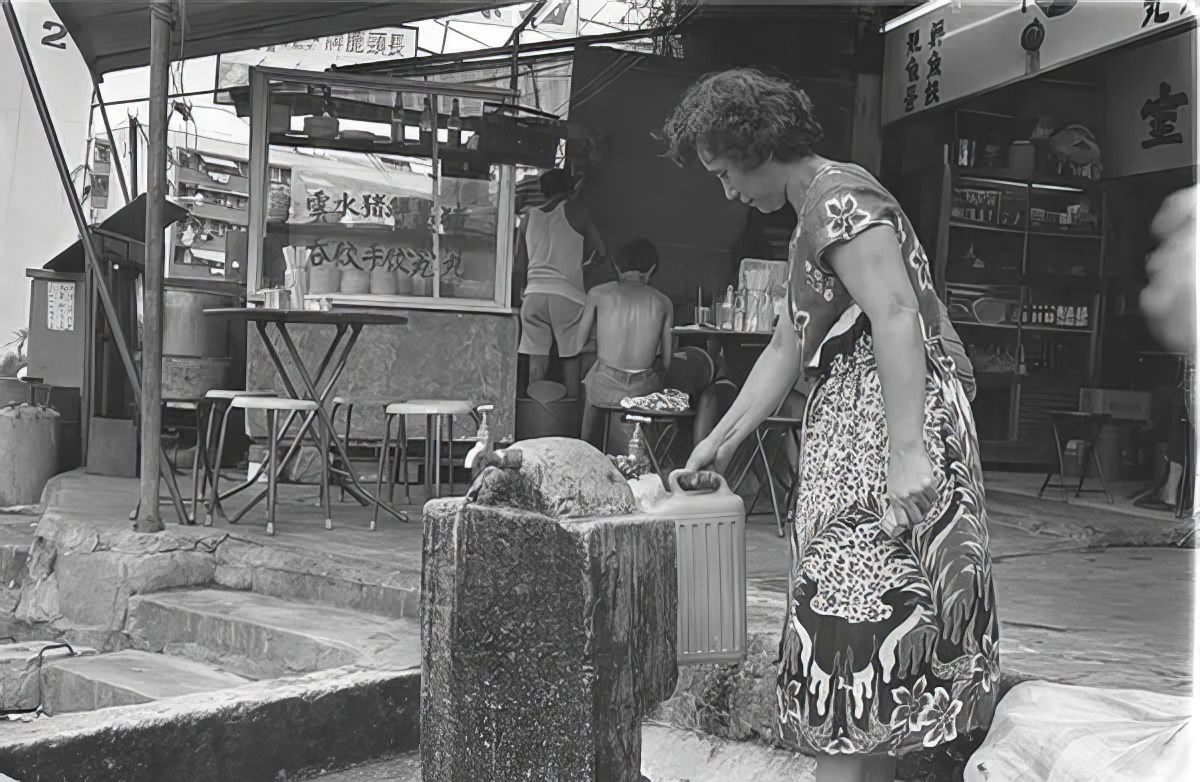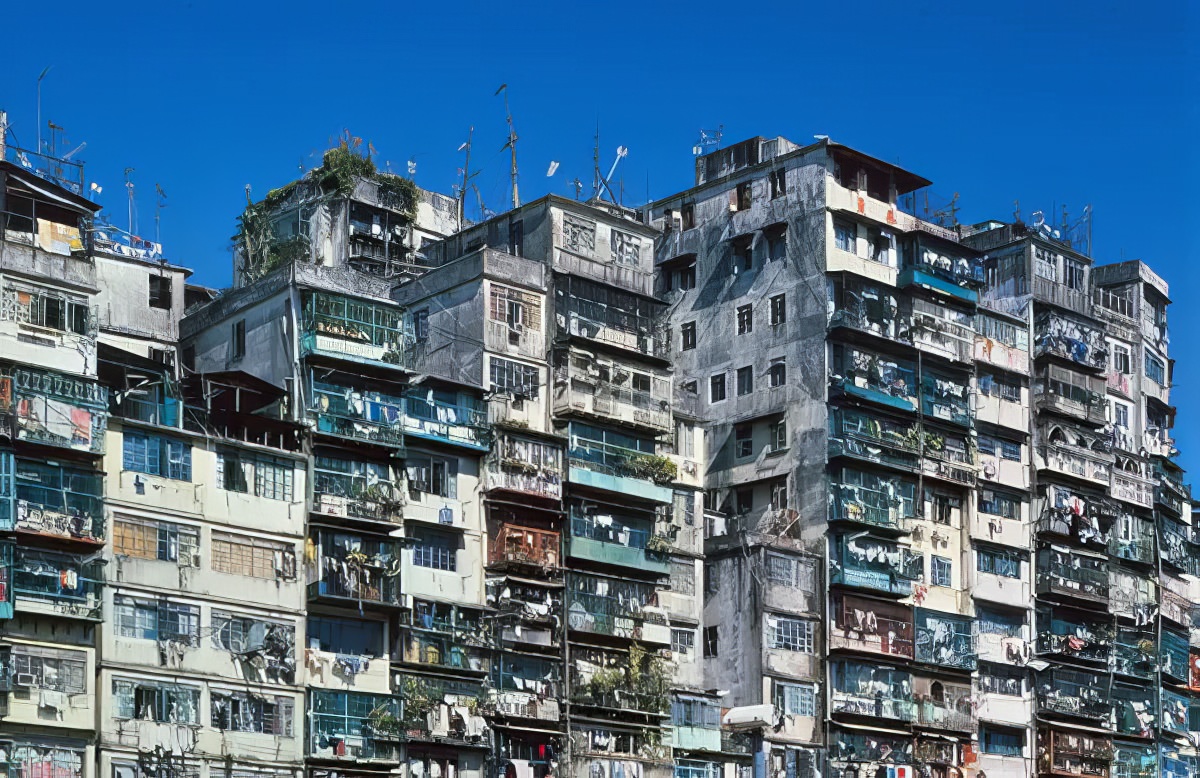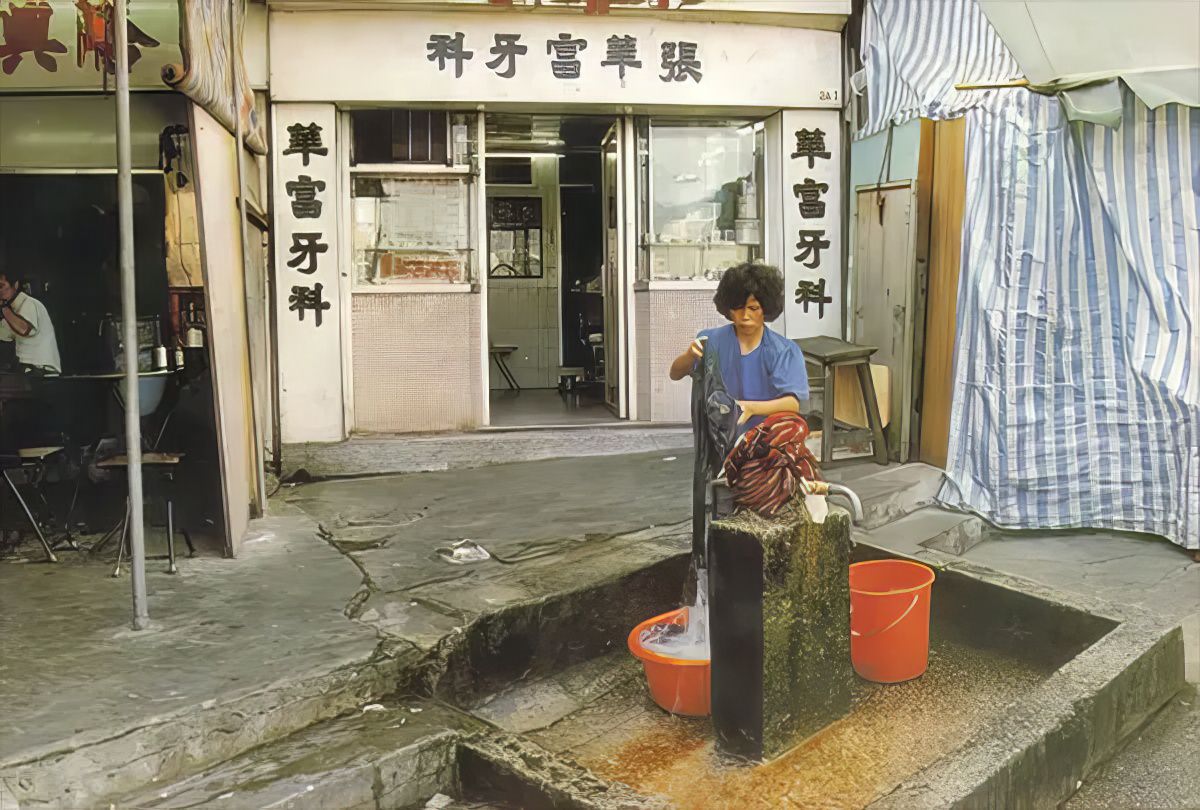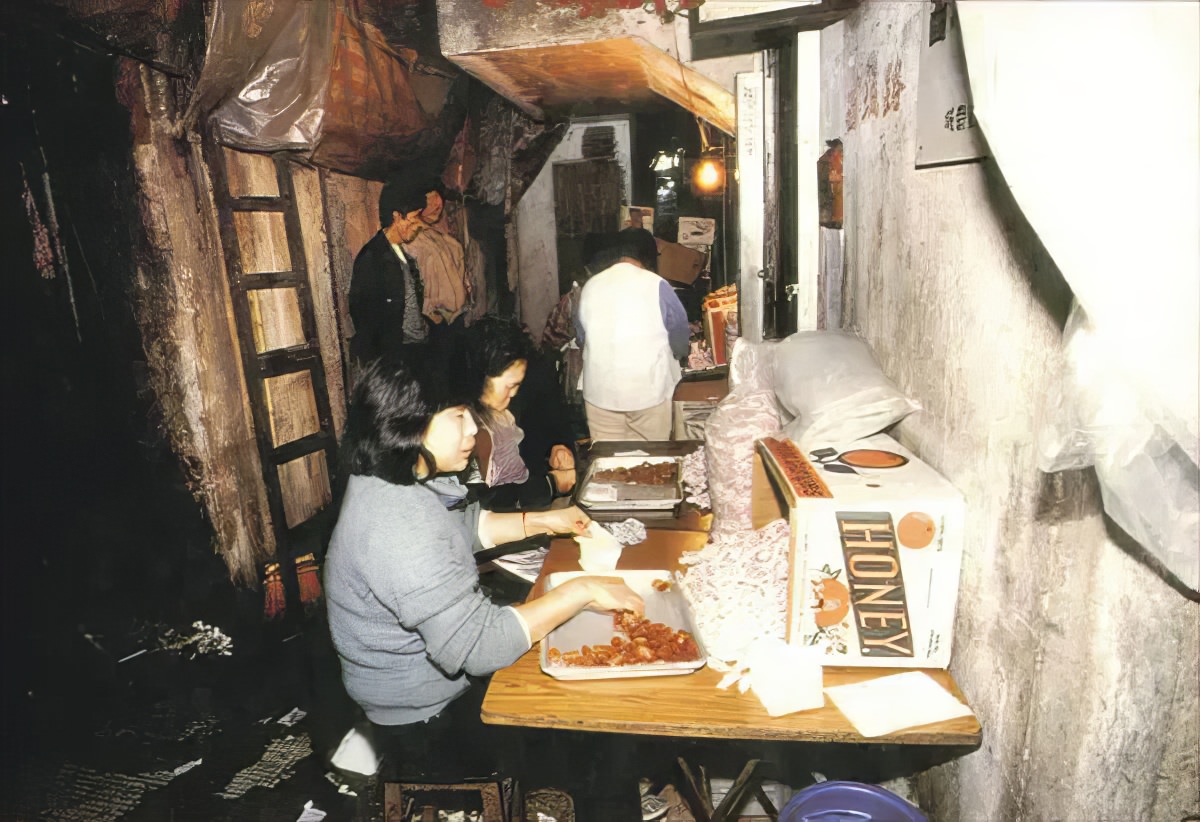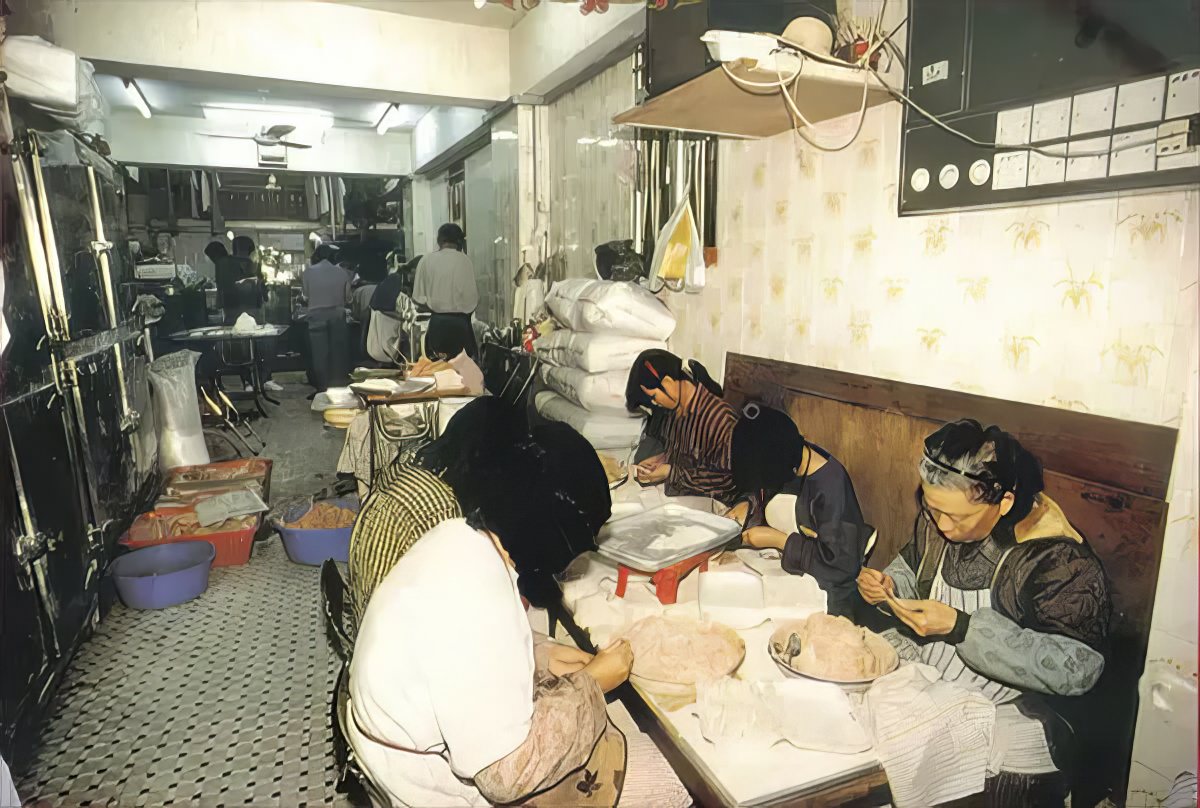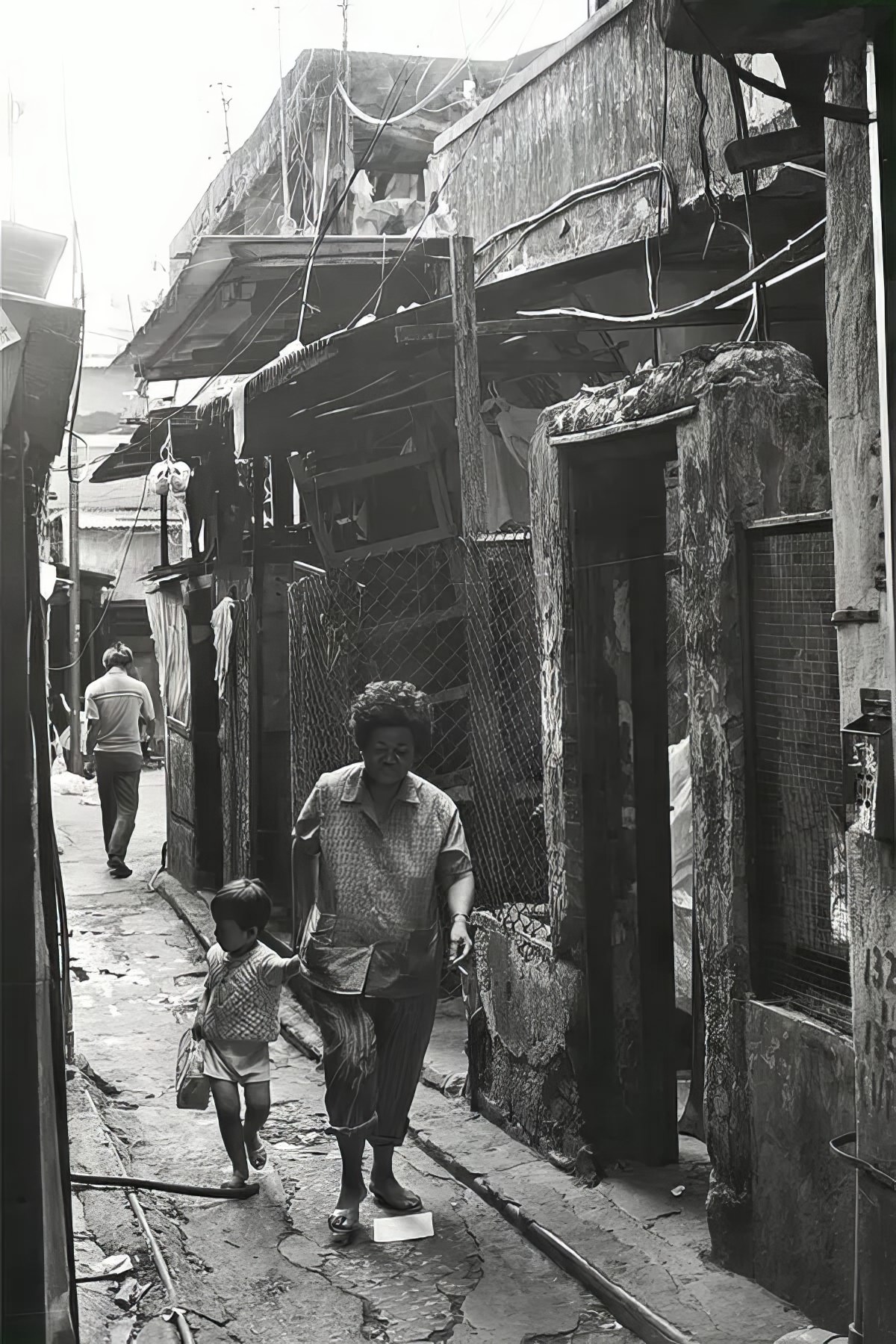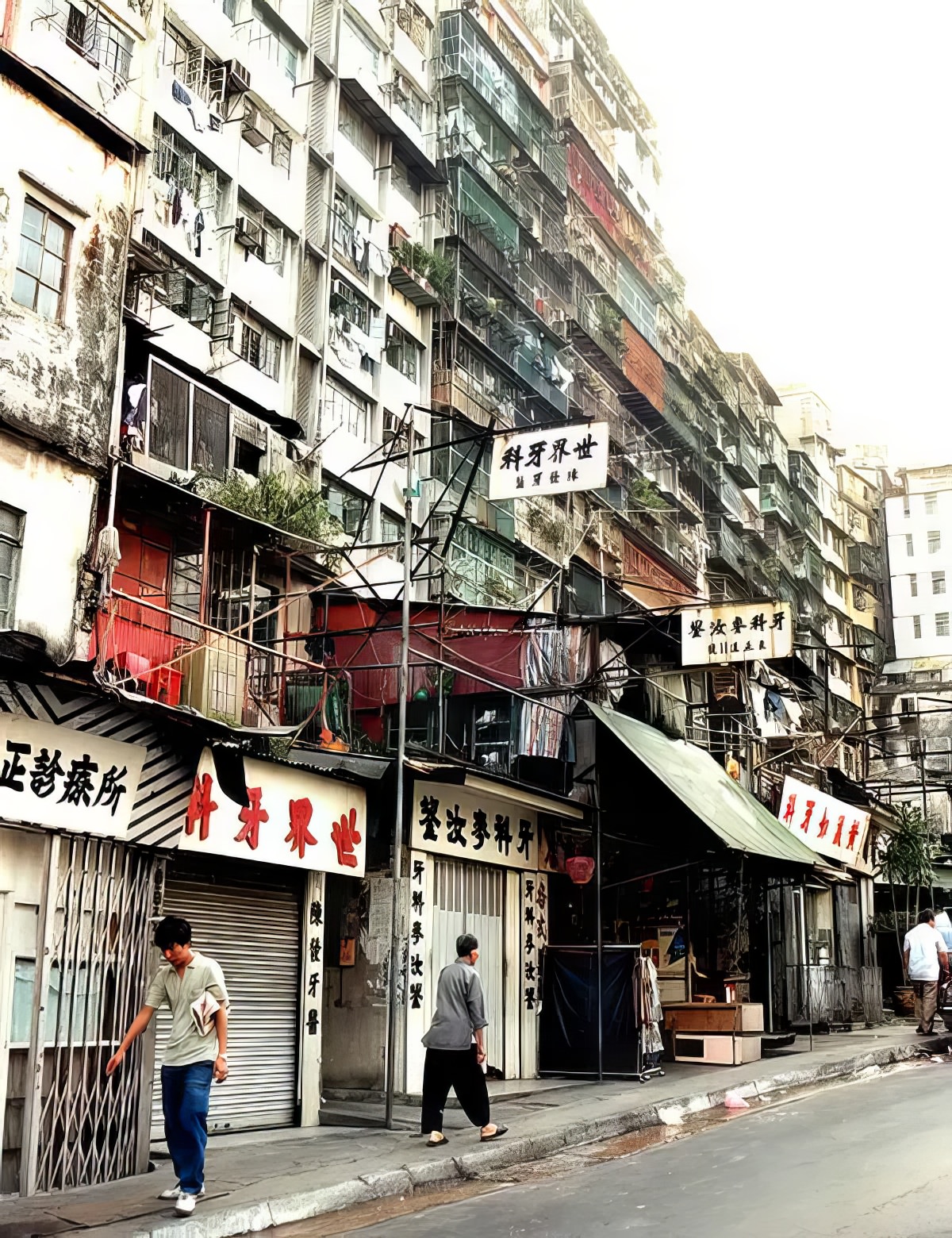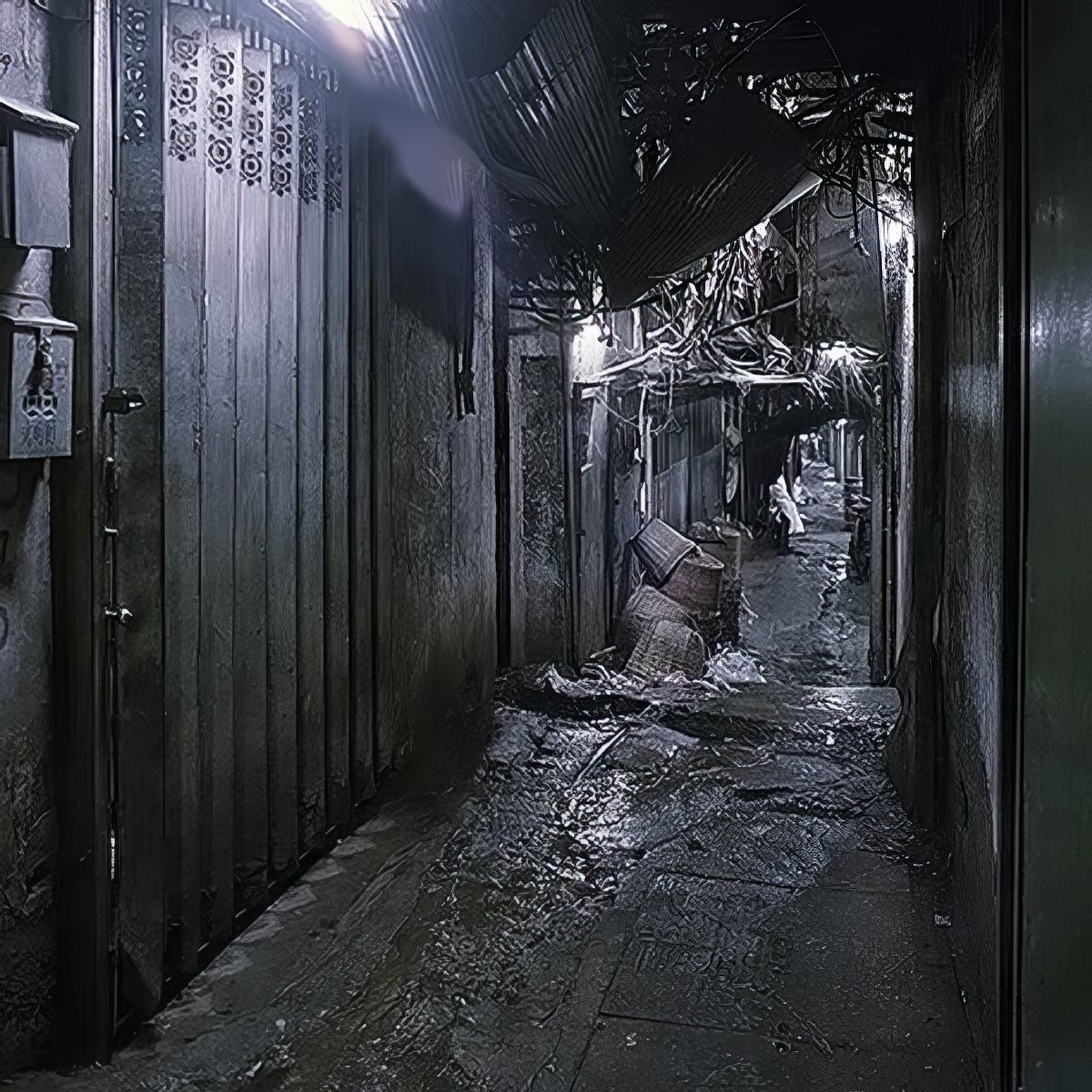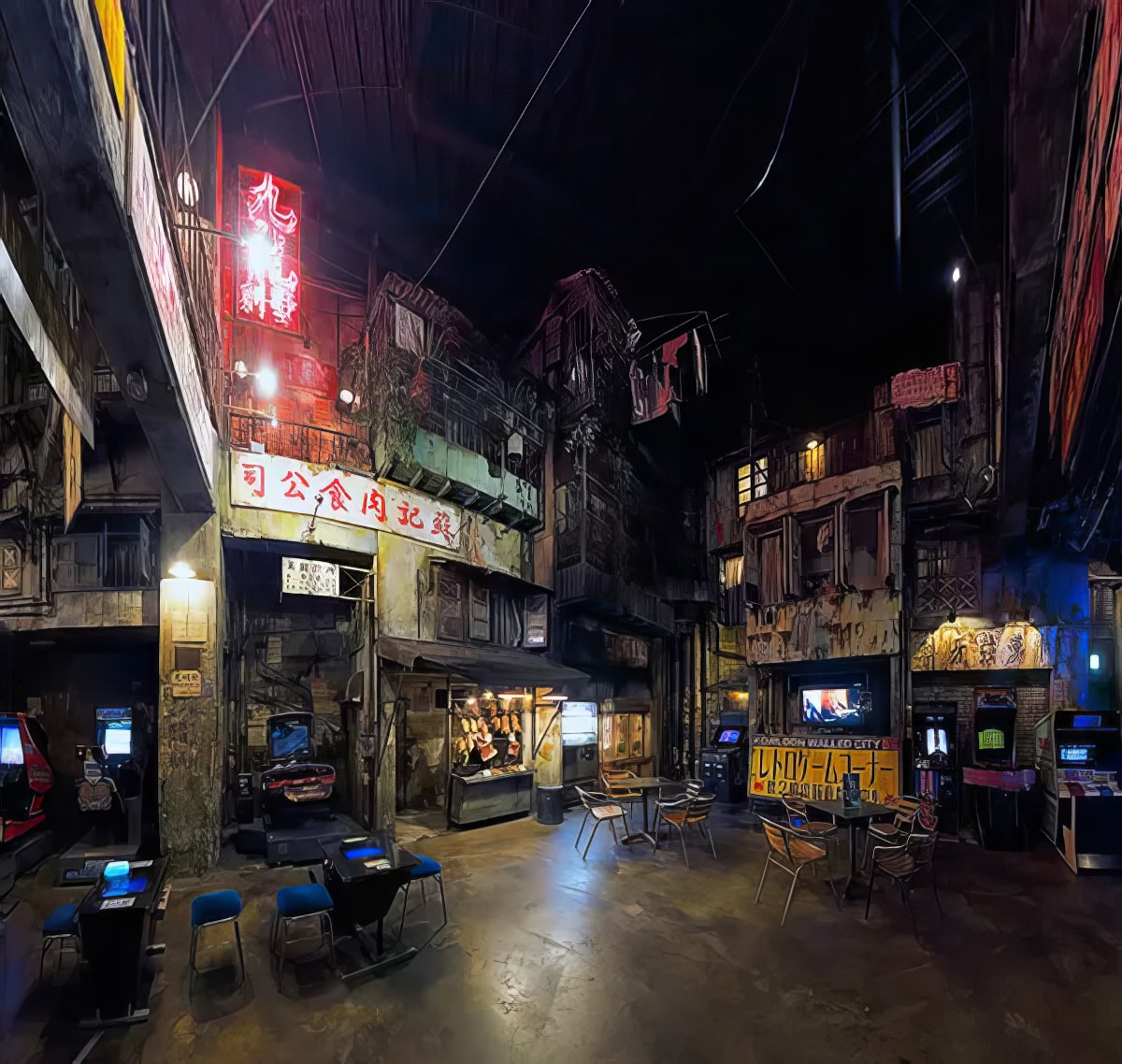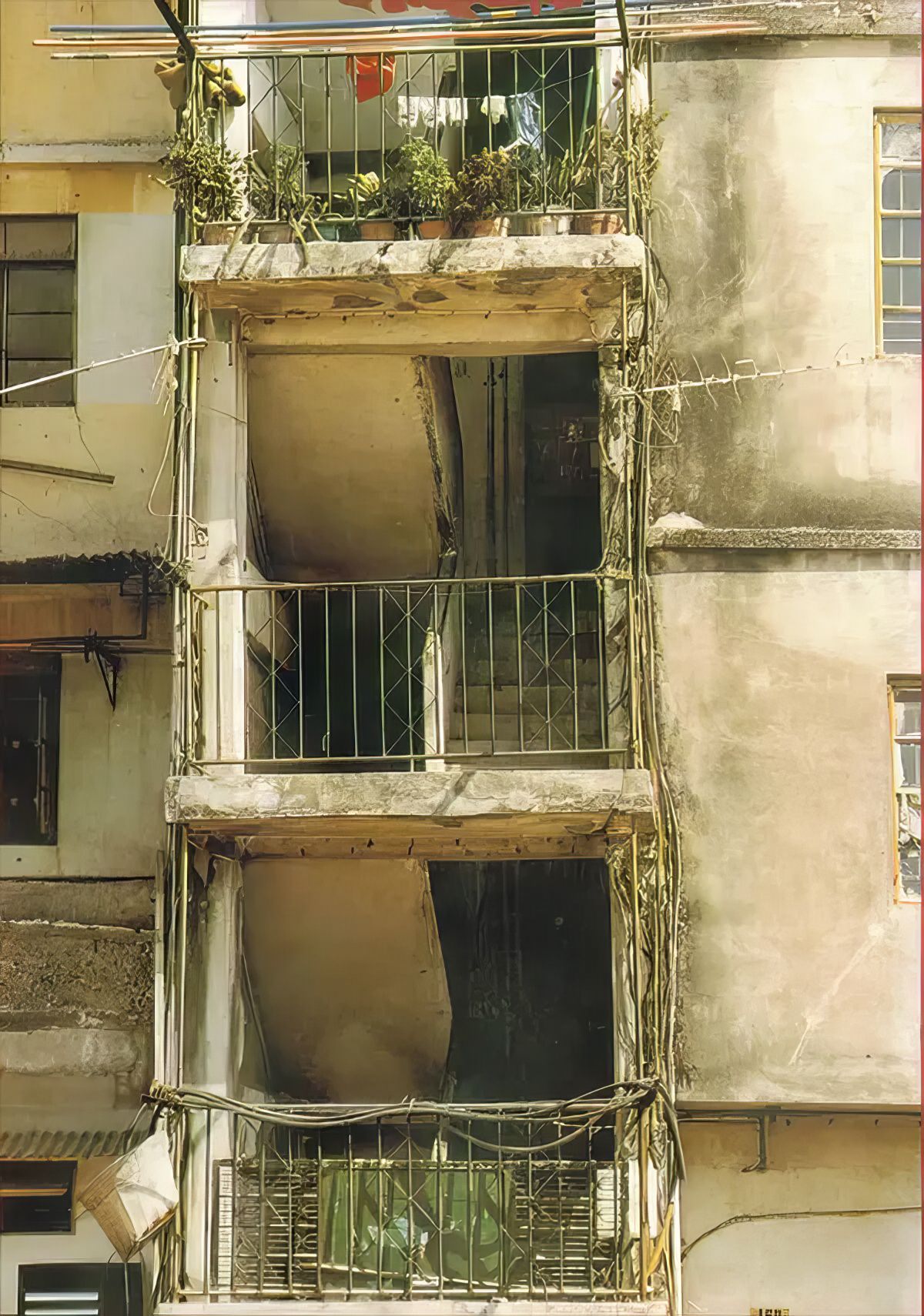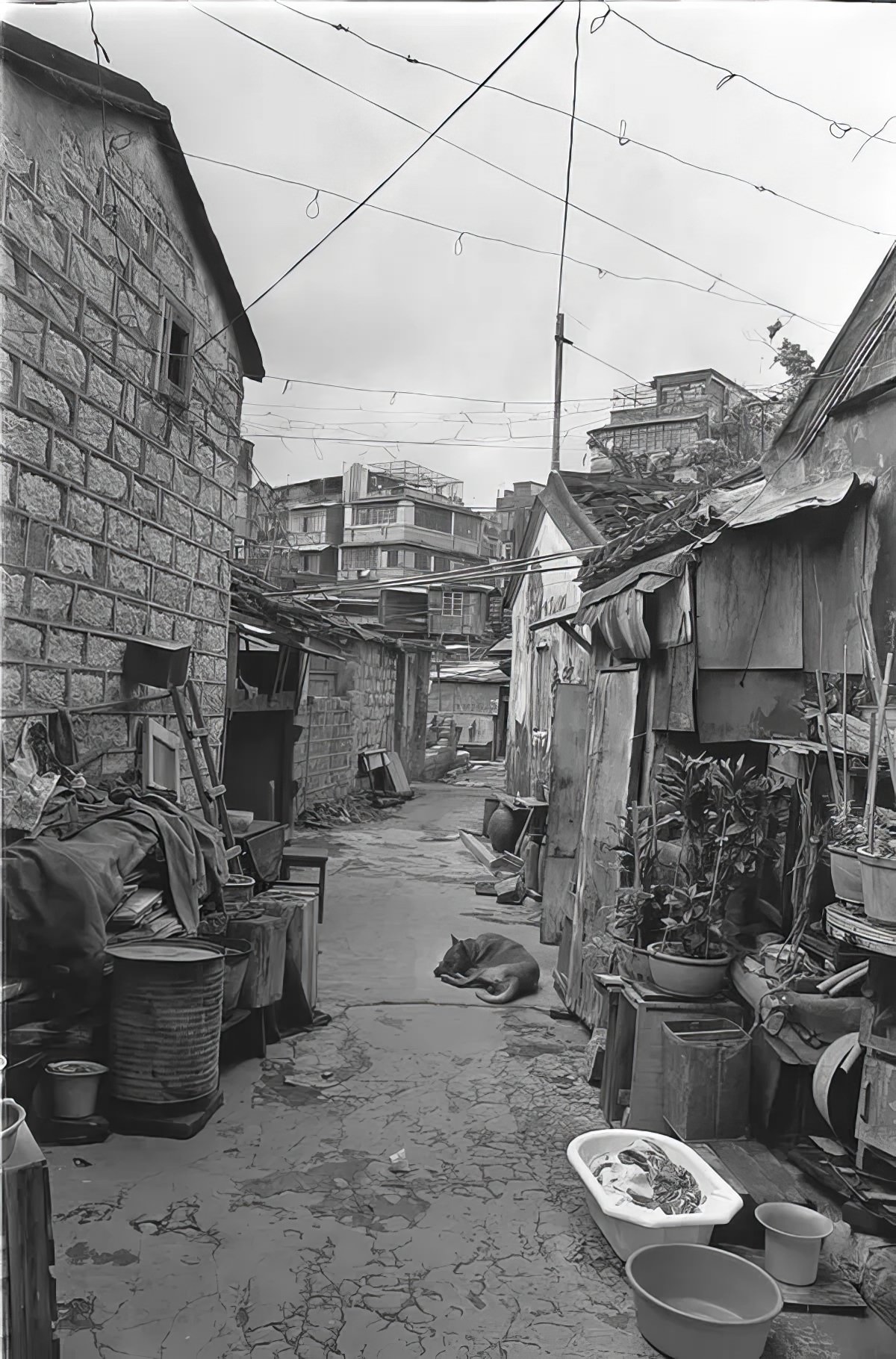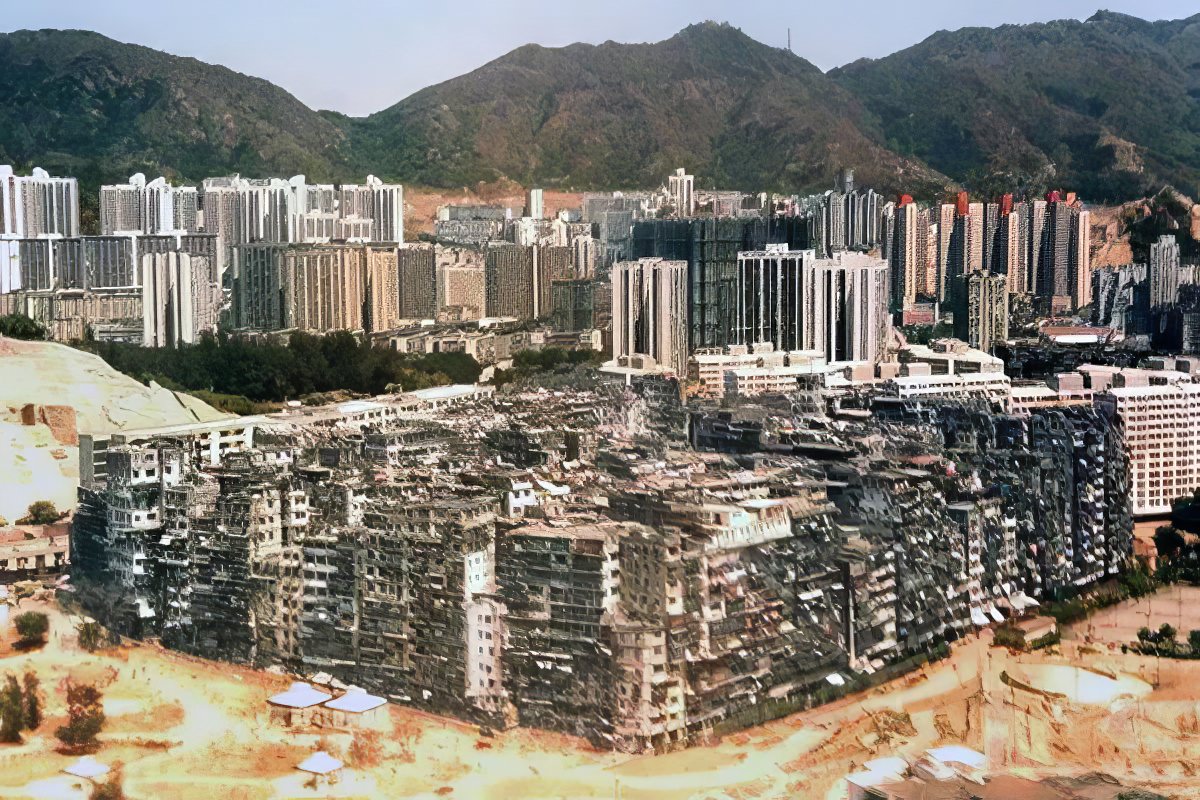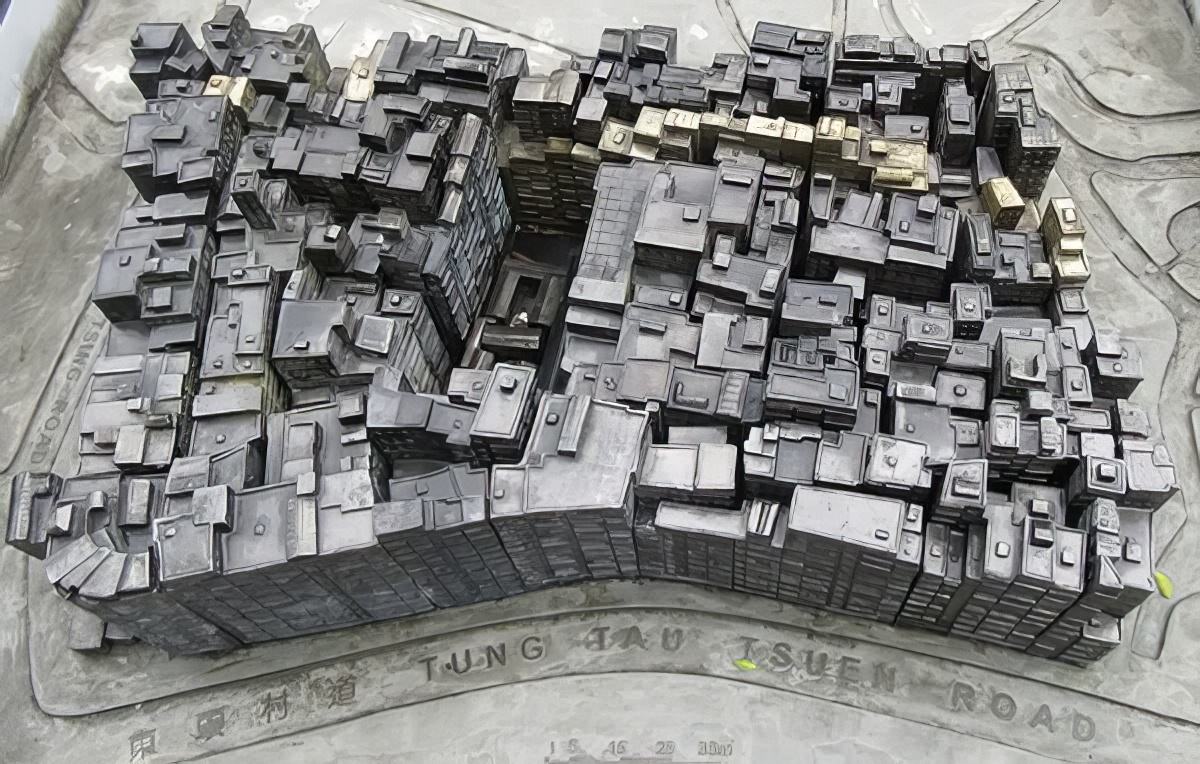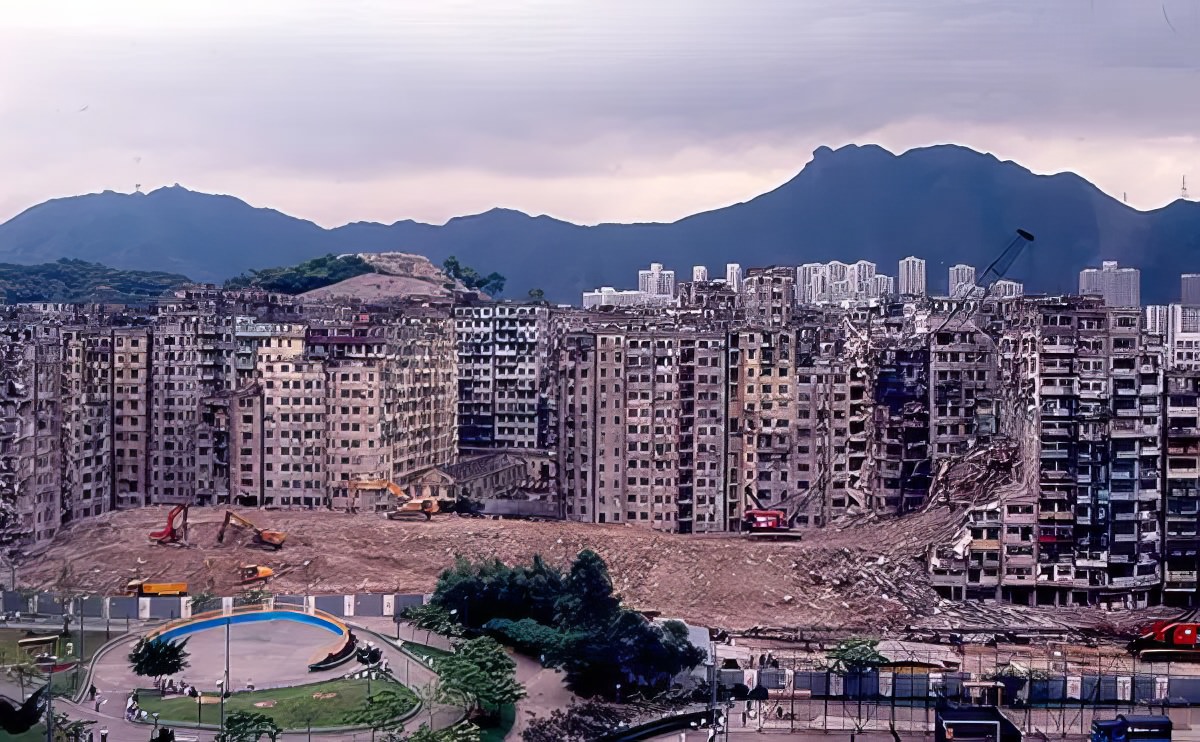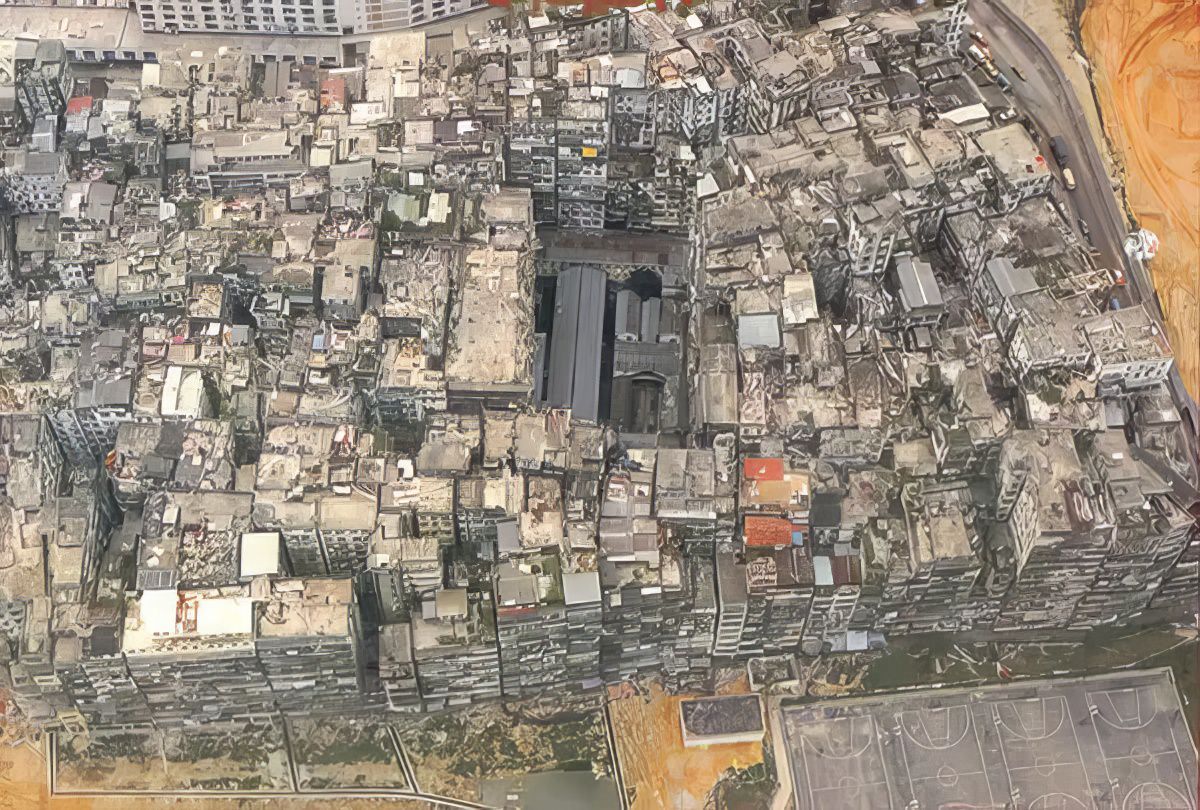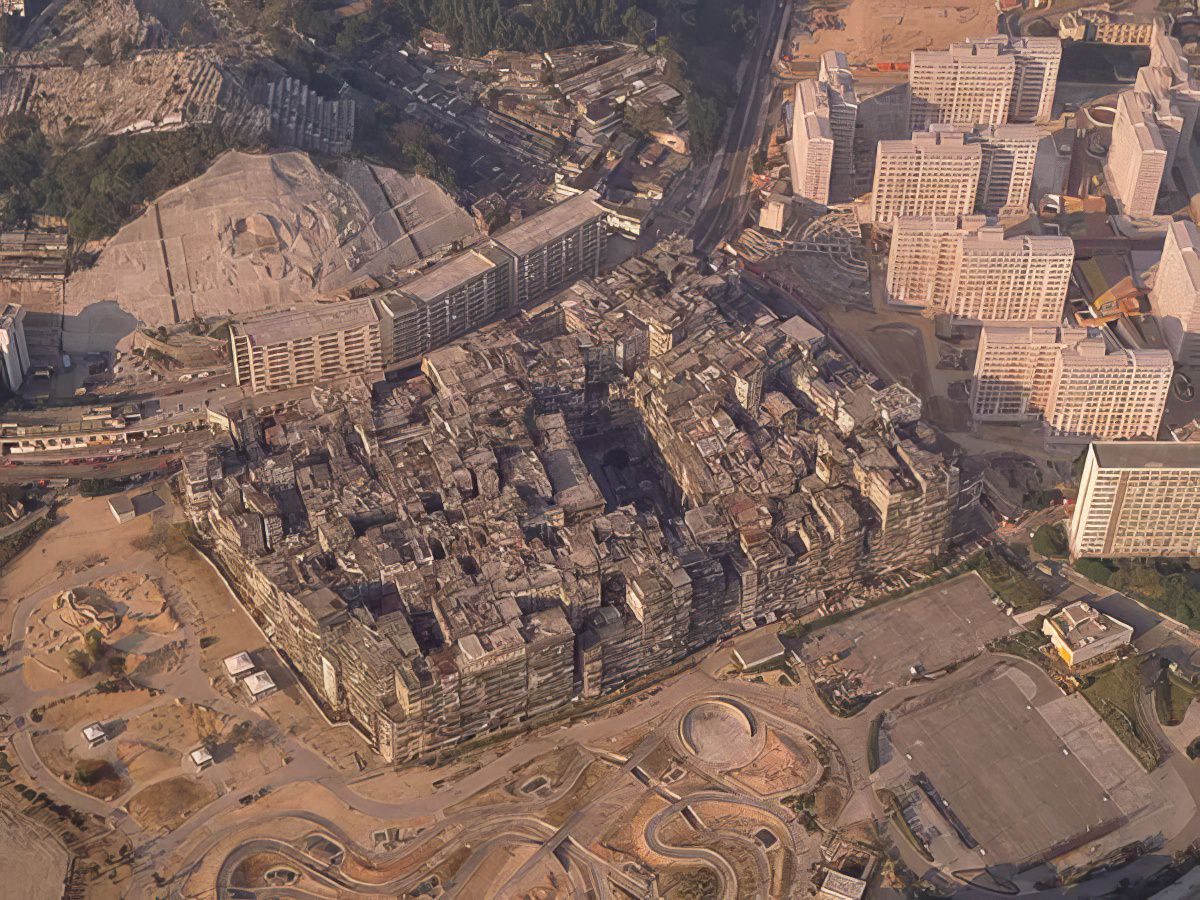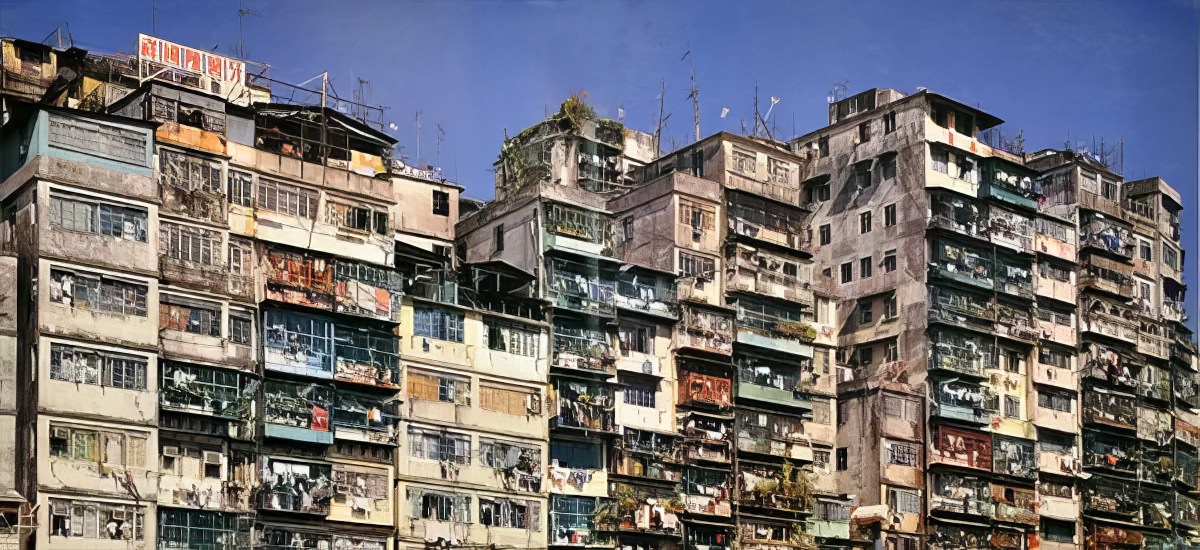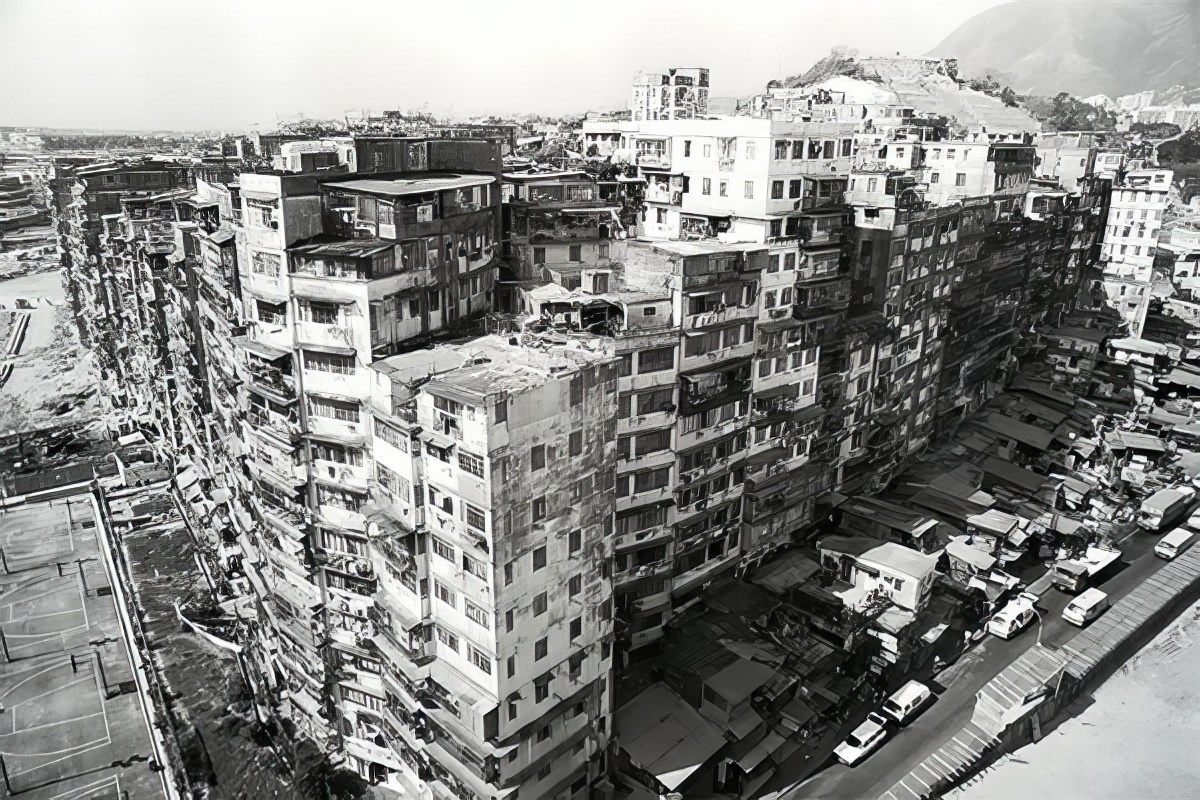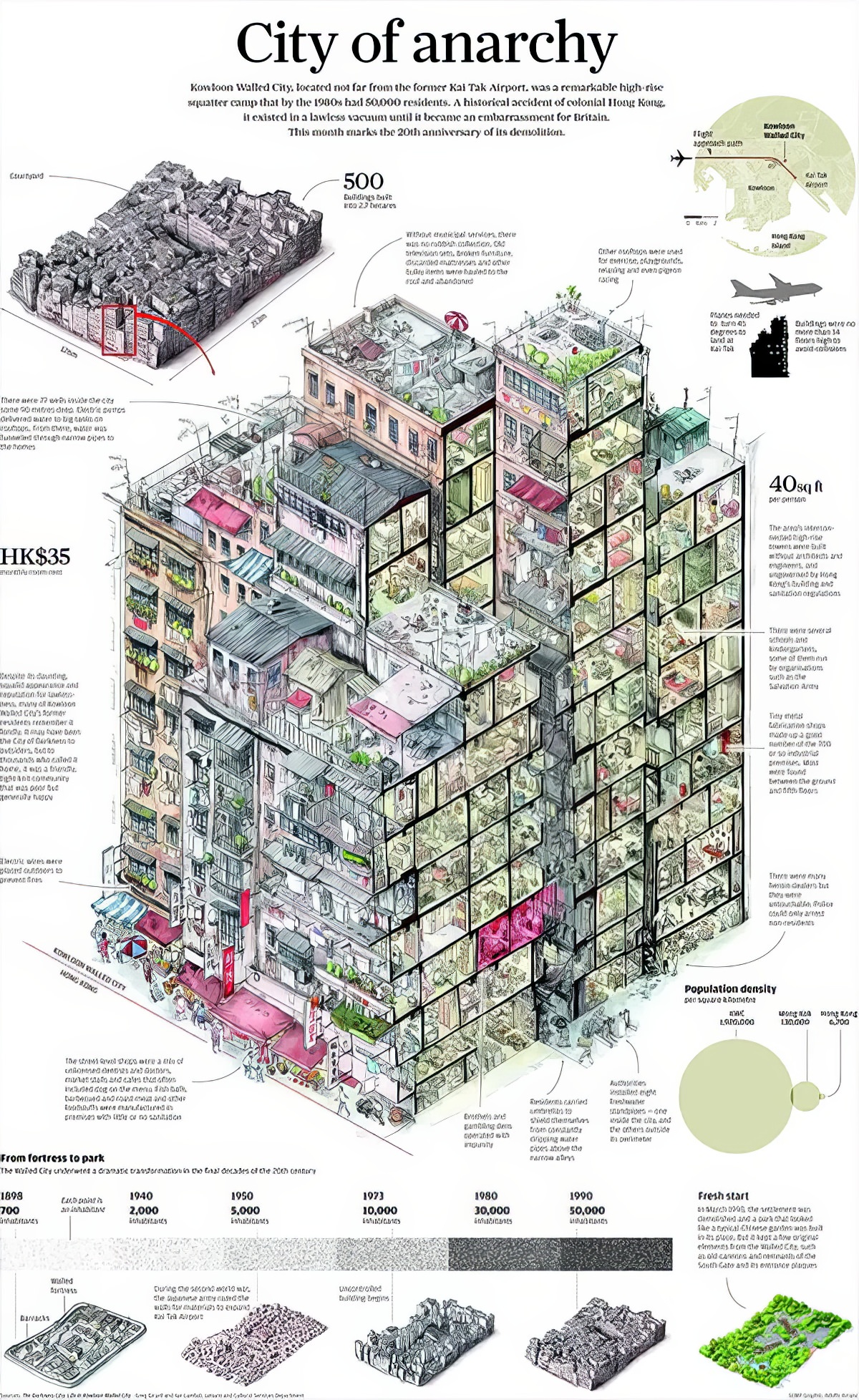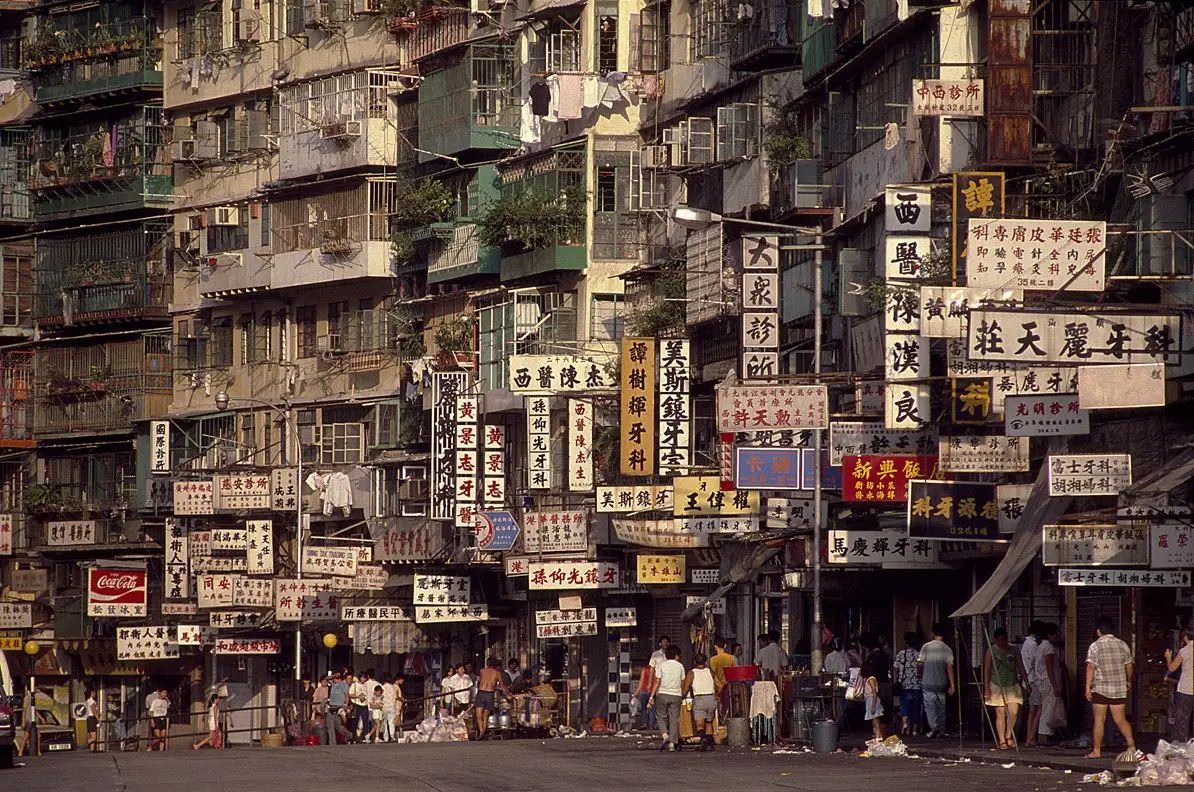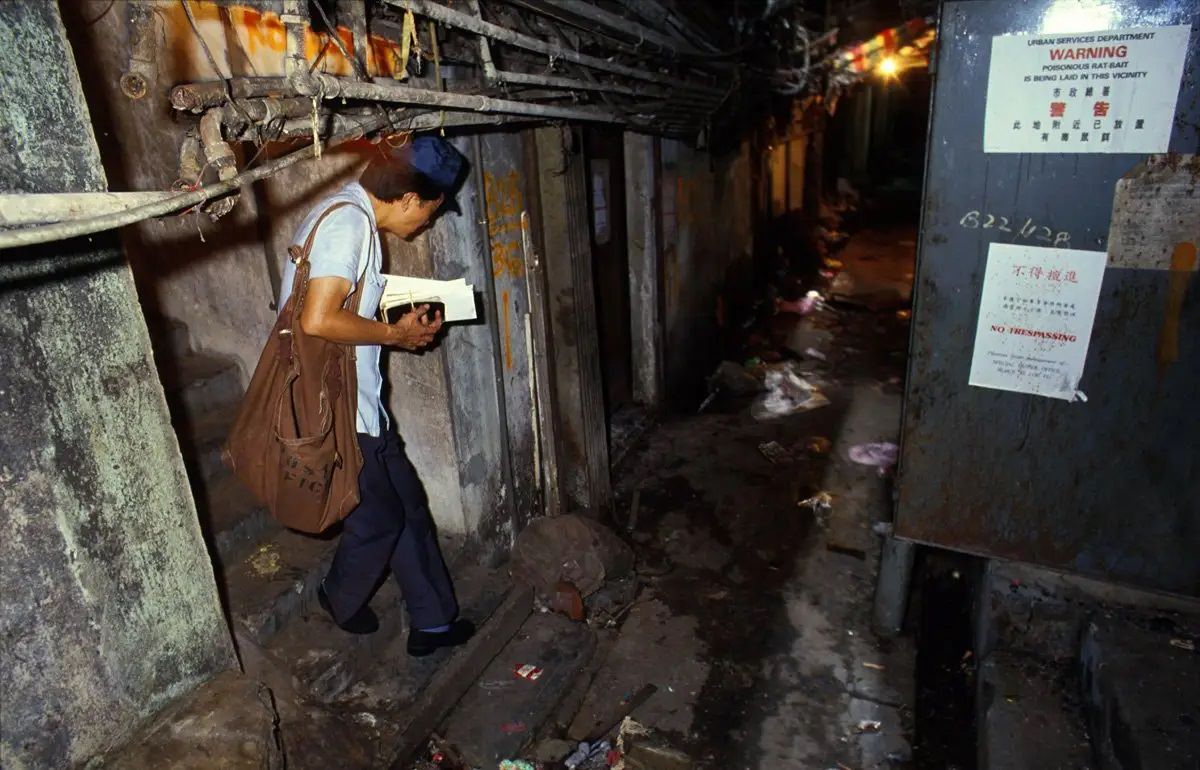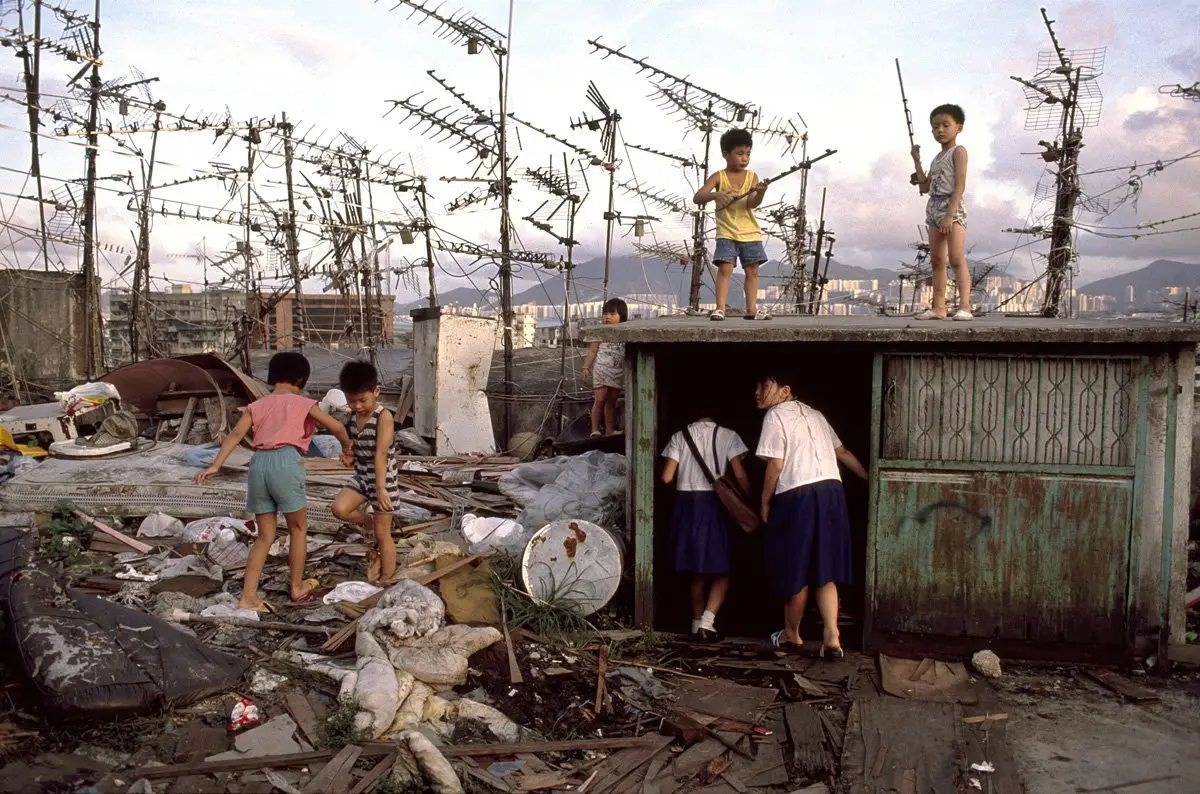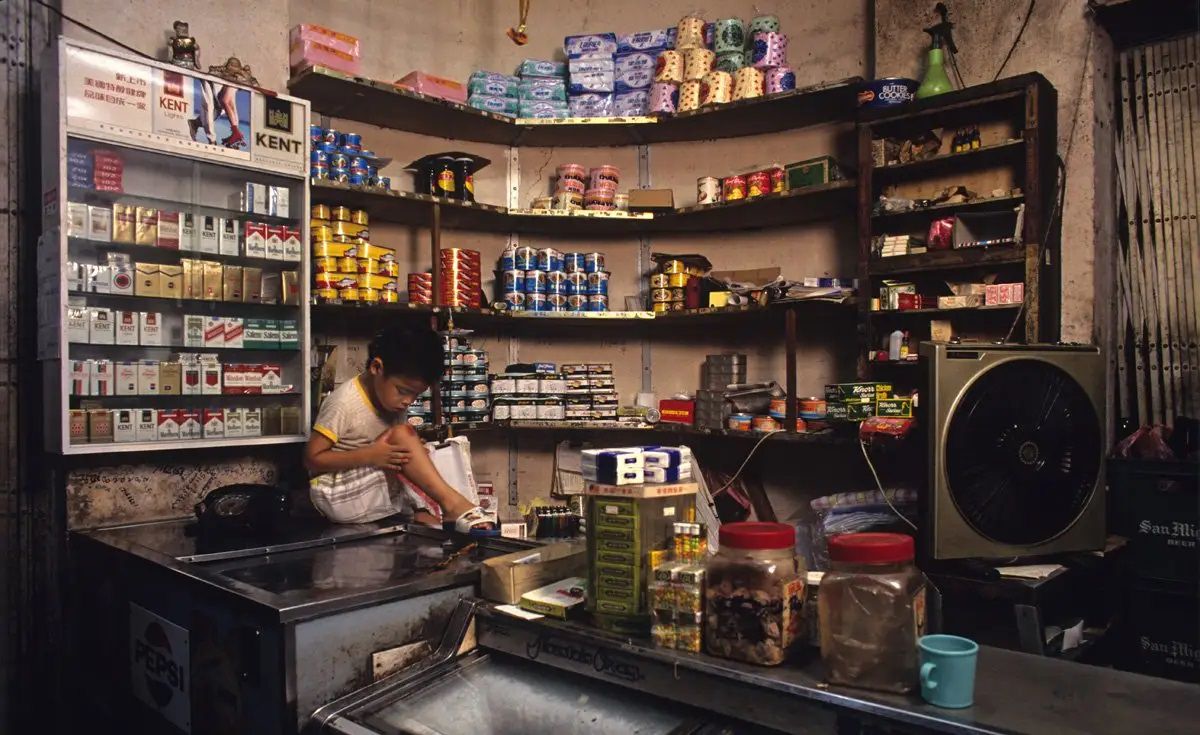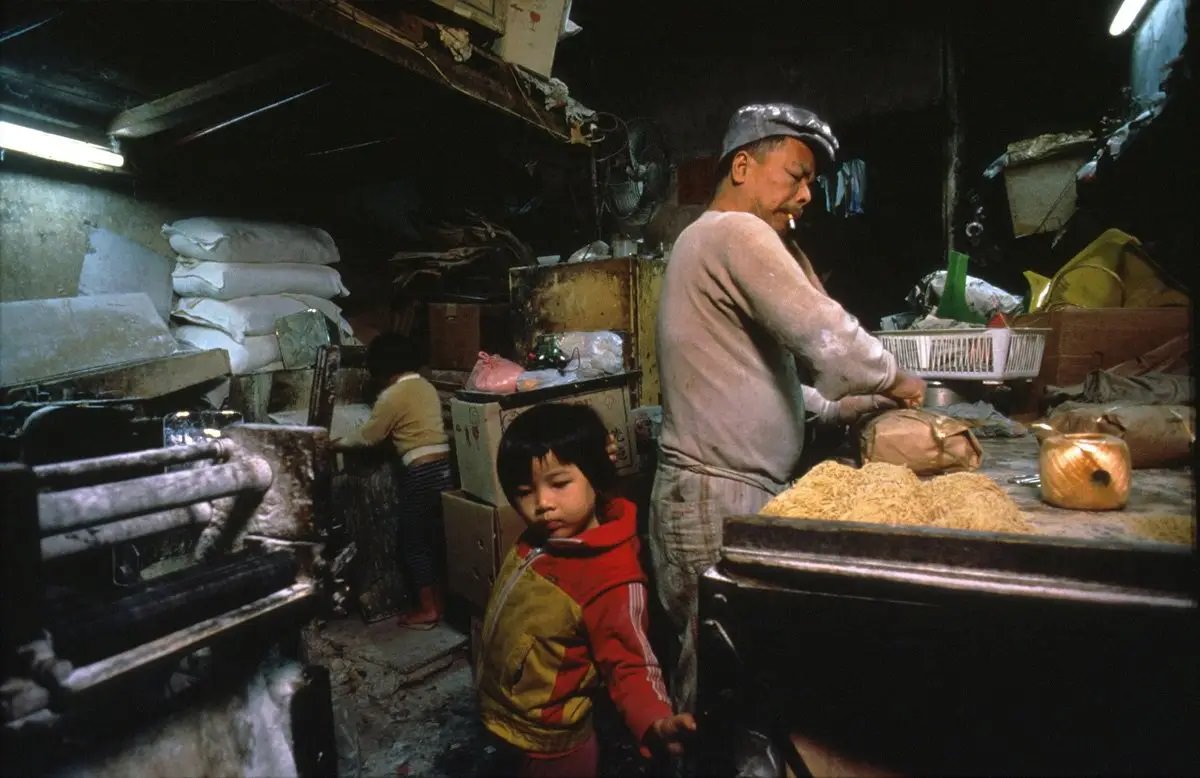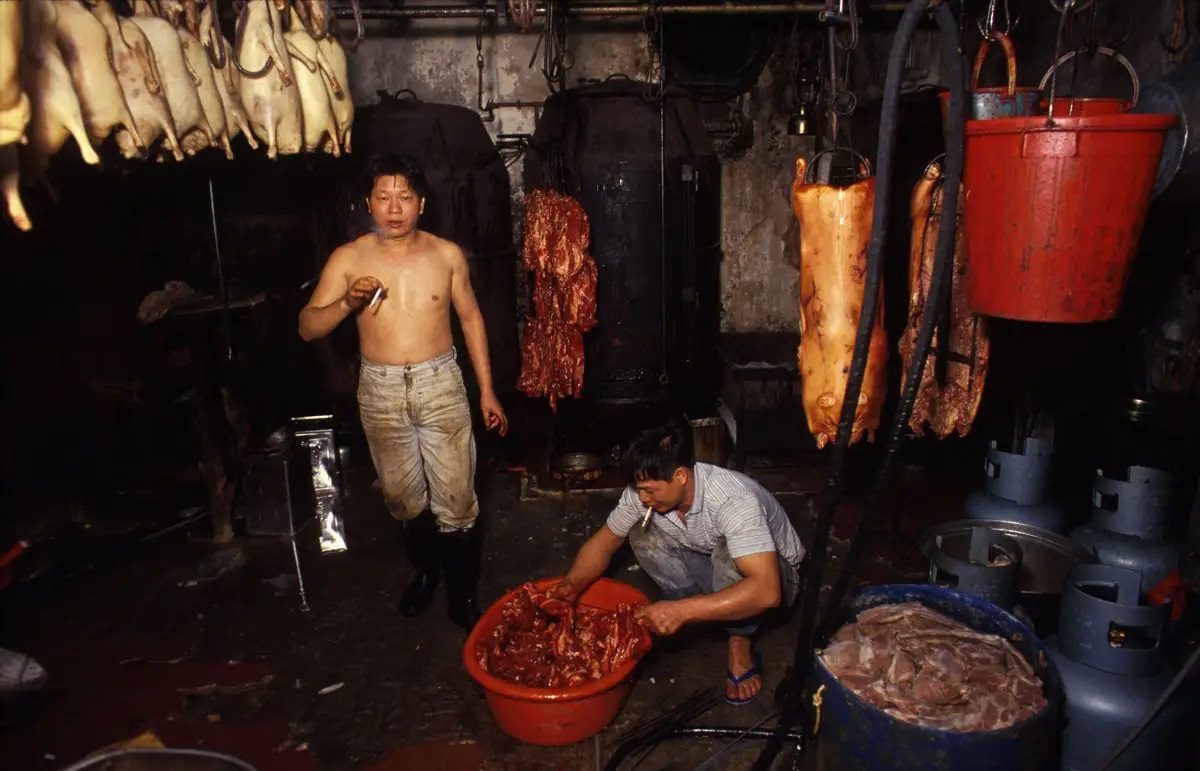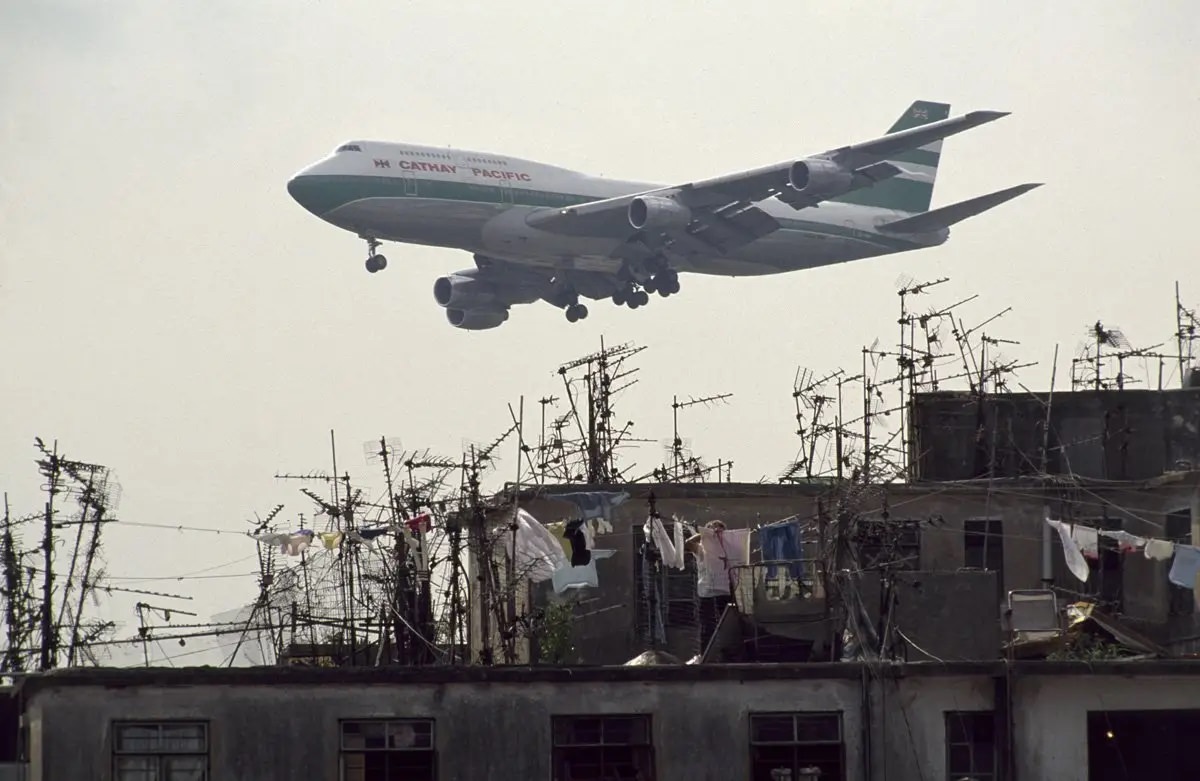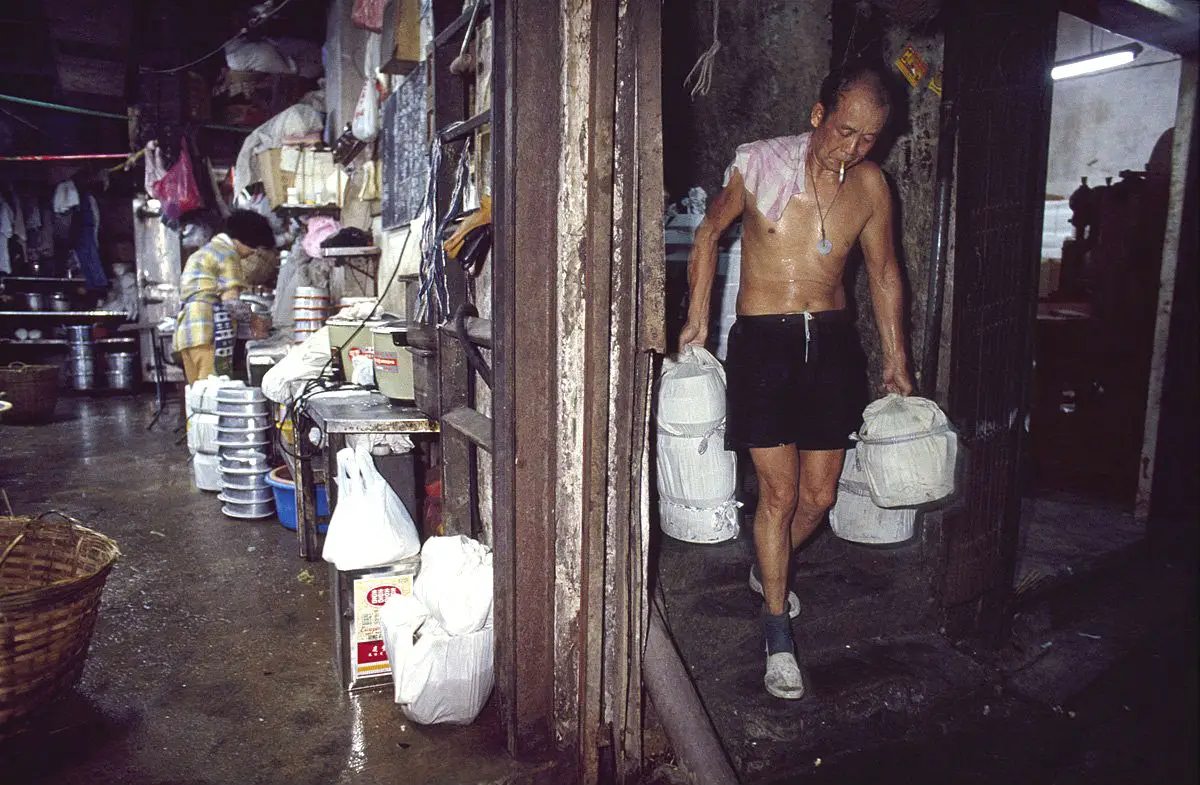Kowloon Walled City was one of the most unique and densely populated places on Earth. Located in Hong Kong, it was a place of mystery and intrigue, with a history that spanned centuries. Its story is one of conflict, survival, and eventual demolition.
Early History
Kowloon Walled City’s history dates back to the Song Dynasty (960-1279) when it was a military outpost. Its primary purpose was to defend against pirates and foreign invaders. In 1842, after the First Opium War, the Treaty of Nanking ceded Hong Kong Island to Britain, but the Walled City remained under Chinese control. This situation created a complex political situation.
In 1898, the British acquired the New Territories under a 99-year lease. However, the treaty excluded the Walled City, which remained a Chinese enclave within British Hong Kong. This unique status led to years of confusion and neglect, which set the stage for the city’s future development..
Read more
Growth and Development
During World War II, Japan occupied Hong Kong, and the Walled City fell into neglect. After the war, squatters moved into the abandoned buildings. By the 1950s, the population had surged, and the Walled City began to grow both upwards and outwards. Buildings were constructed without any planning or regulations, resulting in a dense, maze-like structure.
The Walled City eventually became a 6.4-acre labyrinth of interconnected buildings, some as high as 14 stories. This chaotic development created a space where nearly 50,000 people lived in very close quarters. The lack of government oversight led to the establishment of a self-regulated community, which was both a haven and a den of vice.
Life Inside the Walled City
Life in Kowloon Walled City was challenging but vibrant. The residents had to navigate narrow, dark corridors and staircases. The buildings were so tightly packed that sunlight barely reached the lower levels. Despite the physical constraints, the community developed a unique way of life.
Many families lived in tiny apartments, often only a few square meters in size. These small spaces served as homes, workplaces, and shops. The residents made use of every inch of available space, creating a vertical city that was bustling with activity.
Economy and Work
Kowloon Walled City had a thriving economy, driven by small businesses and cottage industries. There were countless shops, food stalls, and workshops within its walls. Many residents worked as dentists, doctors, and barbers without formal qualifications, providing affordable services to the community.
Factories produced a variety of goods, from textiles to noodles. The lack of regulation meant that businesses could operate freely, albeit often in cramped and unsafe conditions. The entrepreneurial spirit was strong, and the community was largely self-sufficient.
Crime and Law
The Walled City’s lawless reputation stemmed from the absence of formal government oversight. In the early years, it was known for its high crime rates, including drug trafficking, gambling, and prostitution. Triad gangs controlled much of the illegal activity.
Despite this, many residents lived peaceful lives. Over time, community leaders and social organizations helped maintain order. The residents developed their own systems of governance, relying on mutual aid and cooperation to address everyday issues.
Infrastructure and Services
Infrastructure in Kowloon Walled City was makeshift at best. The buildings were constructed haphazardly, with no regard for safety or building codes. Plumbing and electricity were often jury-rigged, creating a tangled web of pipes and wires. Water was supplied by makeshift wells and rooftop tanks, while waste disposal was a constant challenge.
Despite these hardships, residents found ways to create a sense of normalcy. Schools, temples, and recreational facilities emerged within the chaos. People adapted to the environment, forming tight-knit communities that thrived on resilience and ingenuity.
The End of the Walled City
By the 1980s, Kowloon Walled City had become a source of embarrassment for both the British and Chinese governments. Its lawlessness and poor living conditions made it a target for redevelopment. In 1984, Britain and China signed the Sino-British Joint Declaration, agreeing that Hong Kong would return to Chinese sovereignty in 1997. As part of this agreement, the two governments decided to demolish the Walled City.
In 1987, the eviction process began. The residents were offered compensation and rehousing options. By 1992, the clearance was complete, and demolition began shortly after. The process was complex, as the densely packed buildings required careful dismantling.
In 1993, the demolition of Kowloon Walled City was completed, and the area was transformed into a public park. The Kowloon Walled City Park opened in 1995, preserving some historical artifacts and commemorating the unique community that once thrived there.


